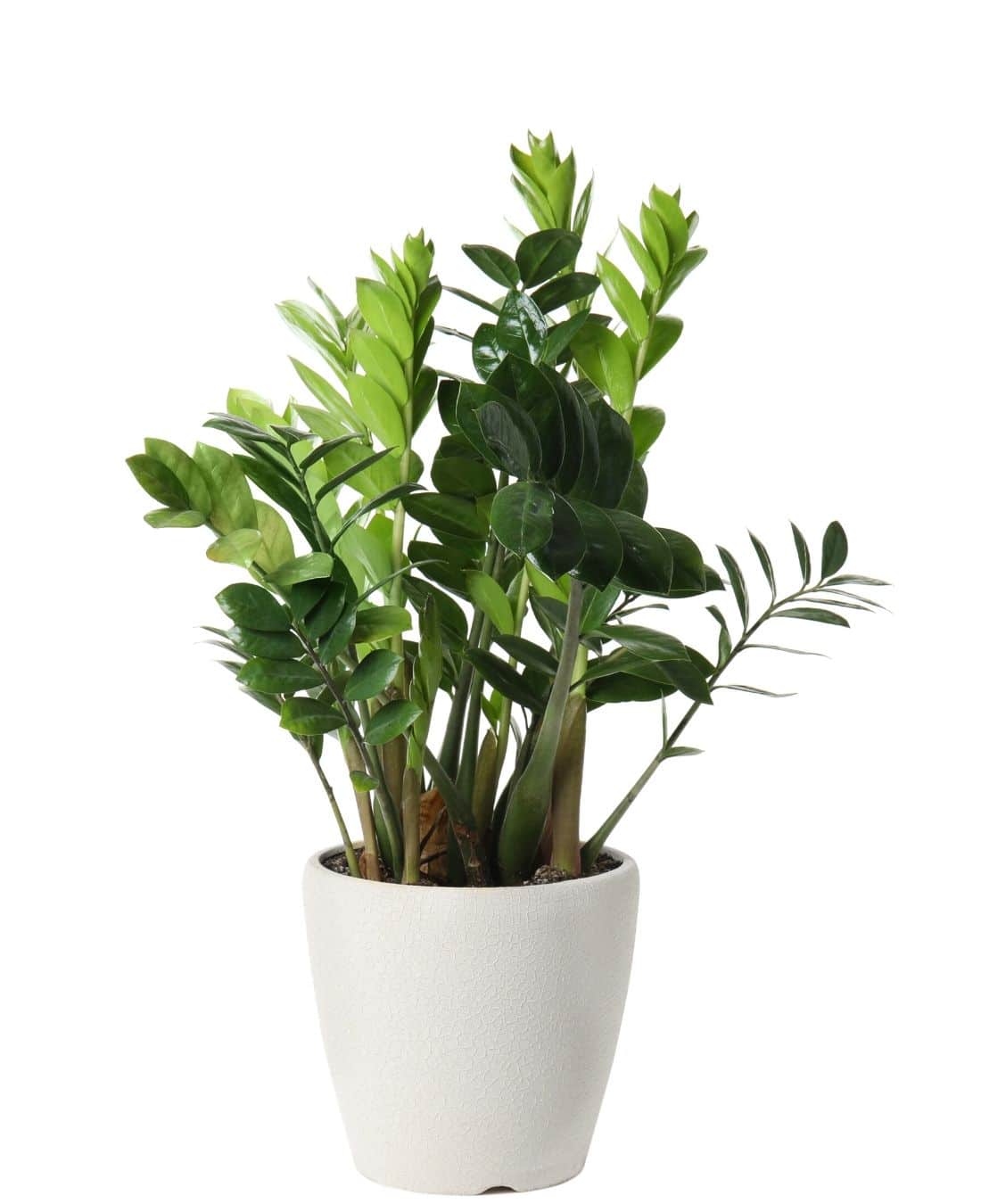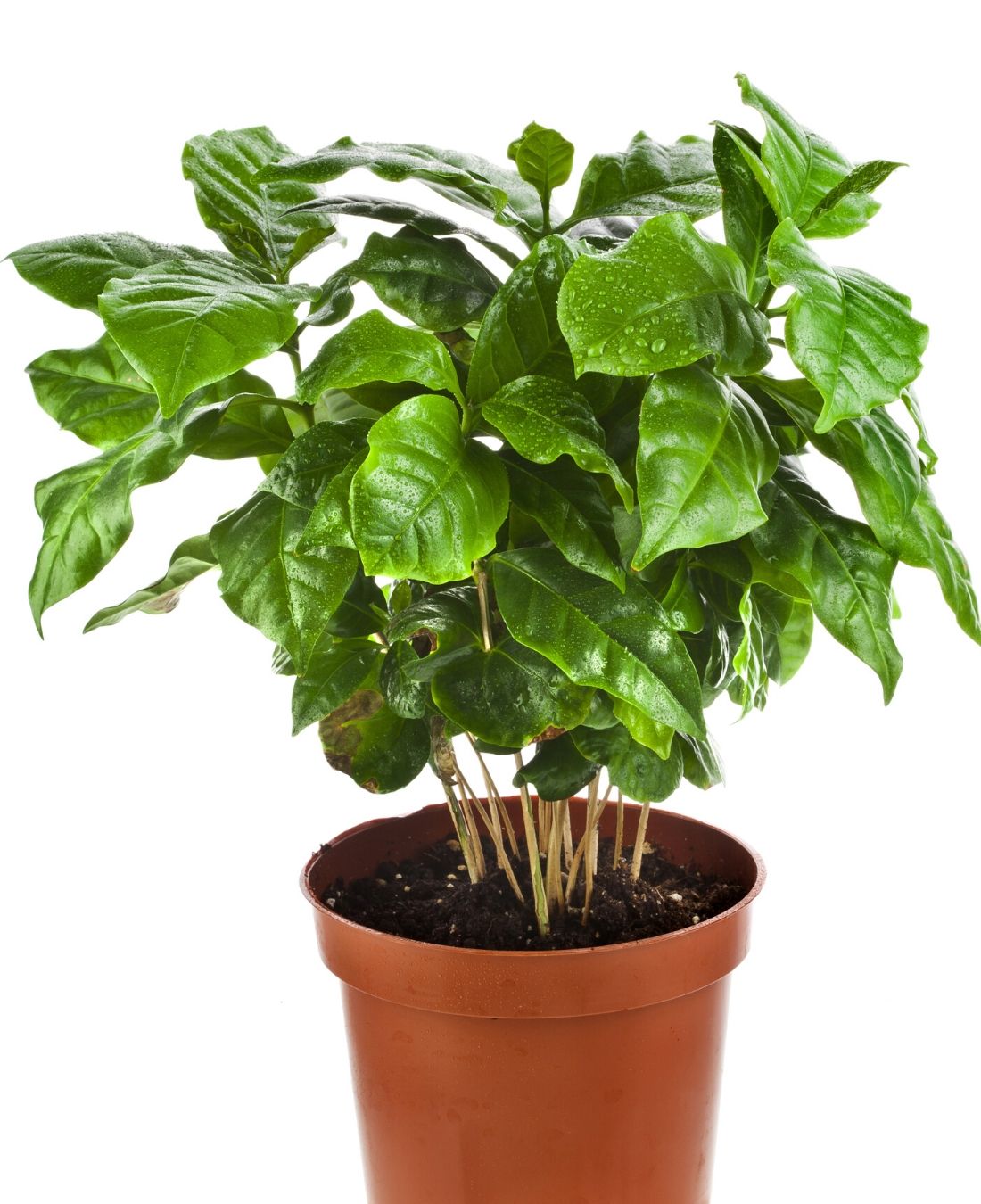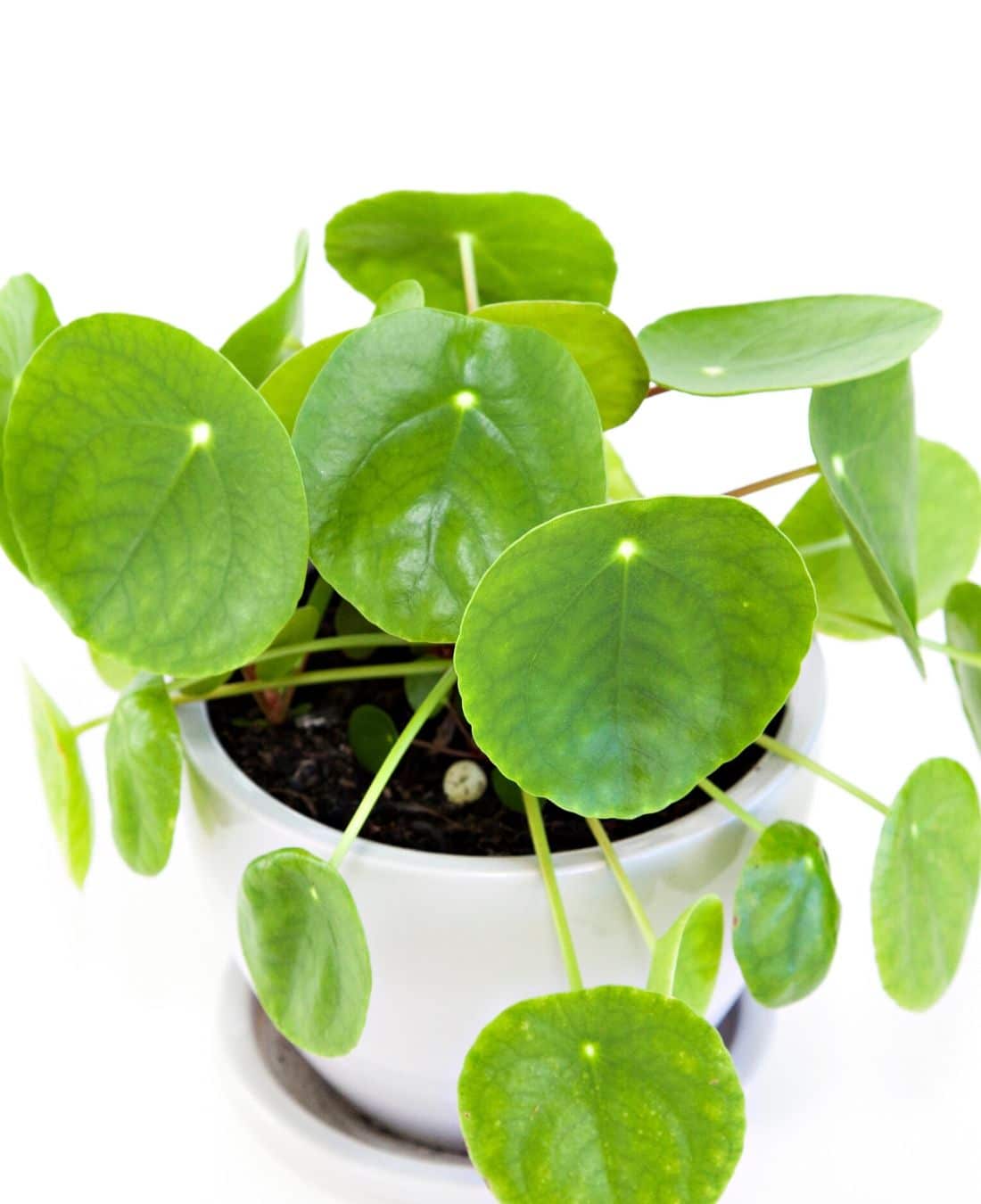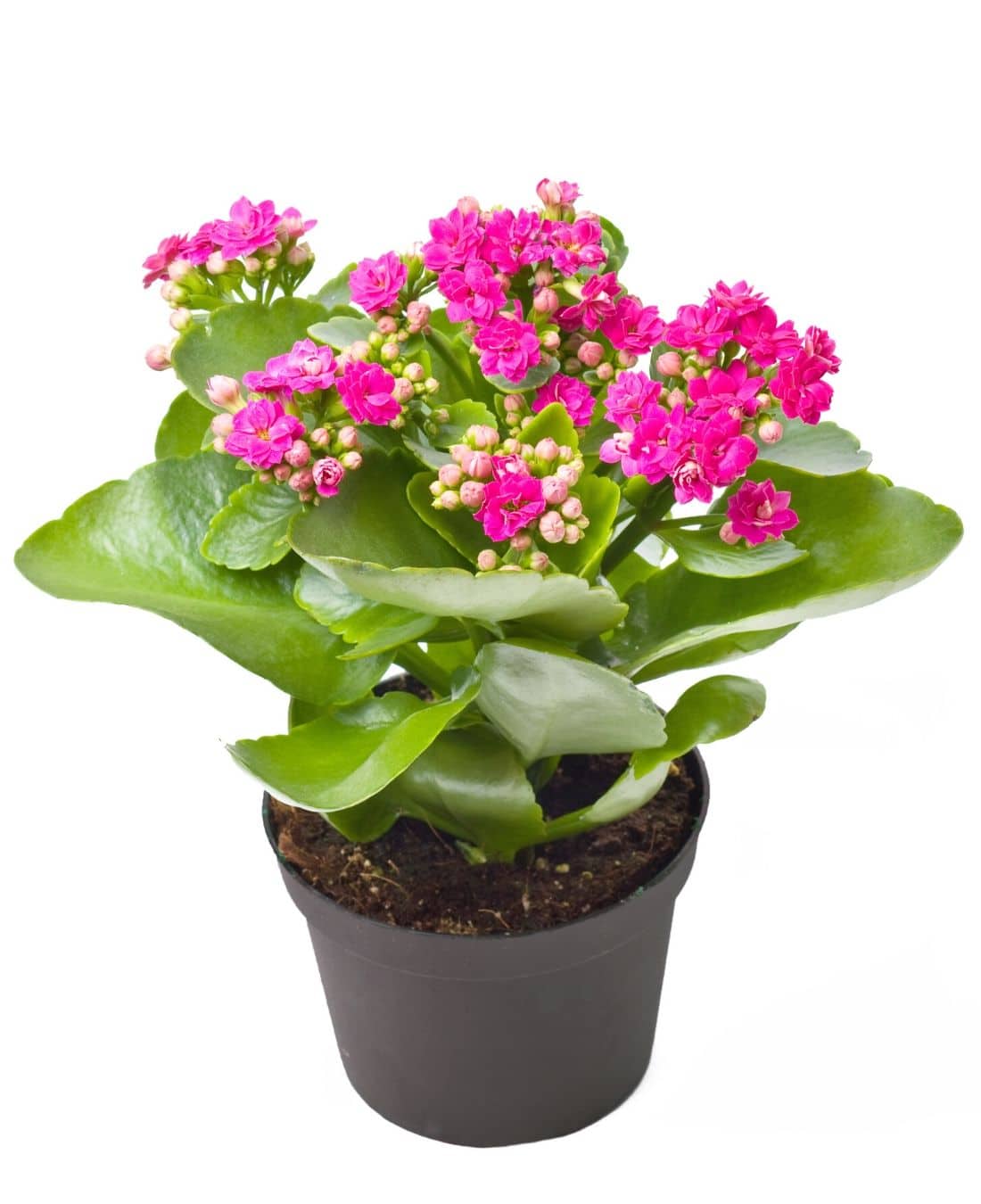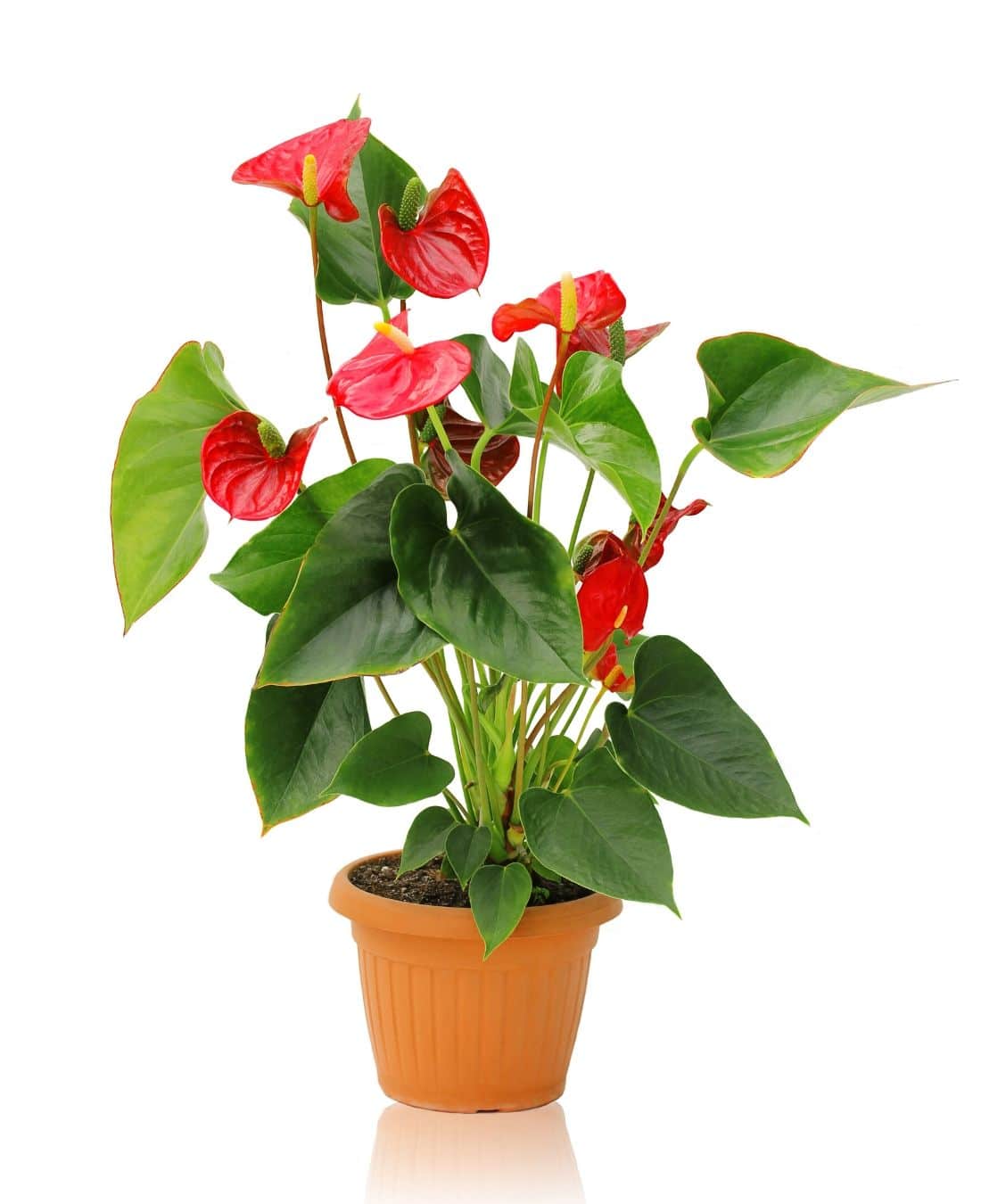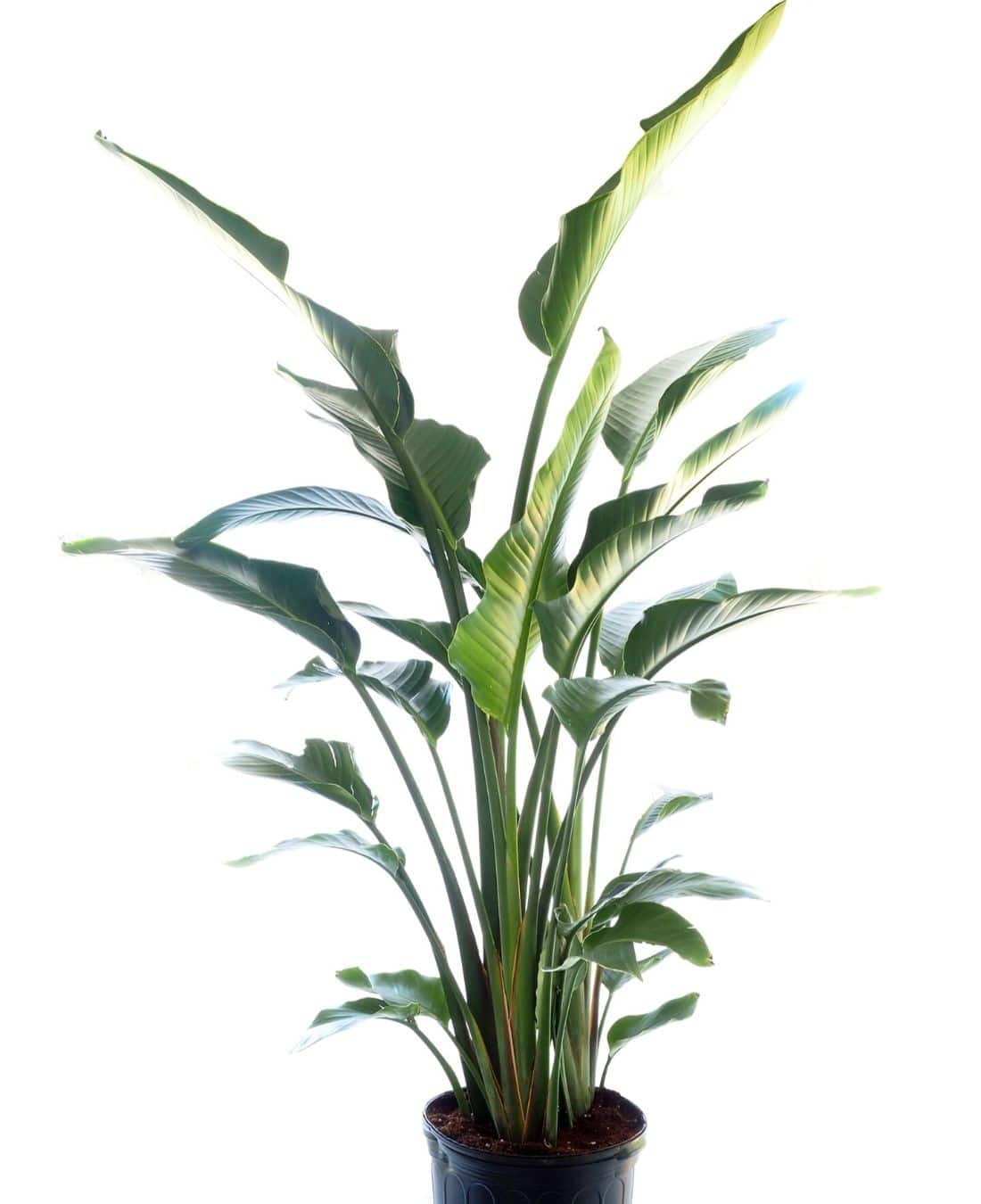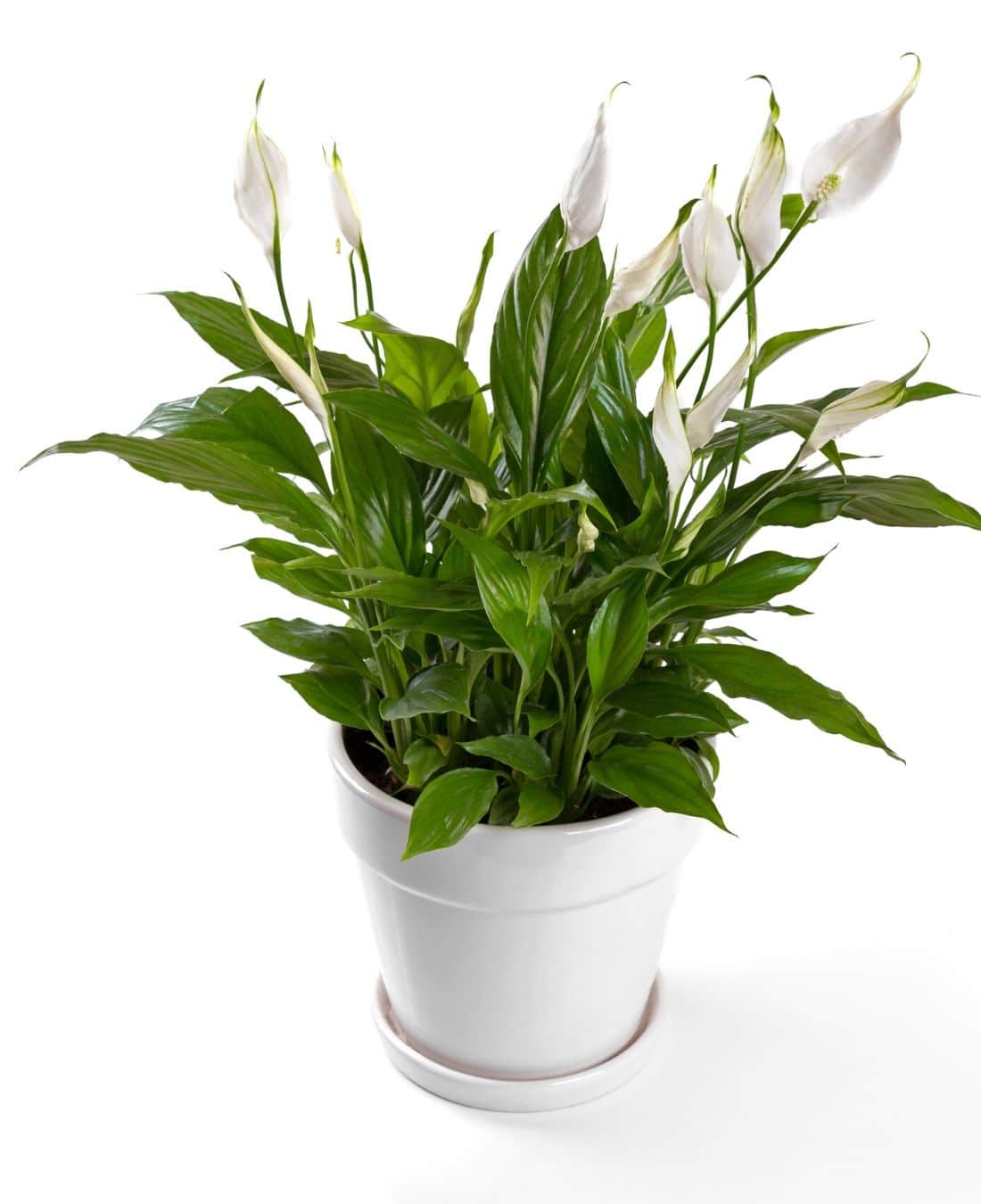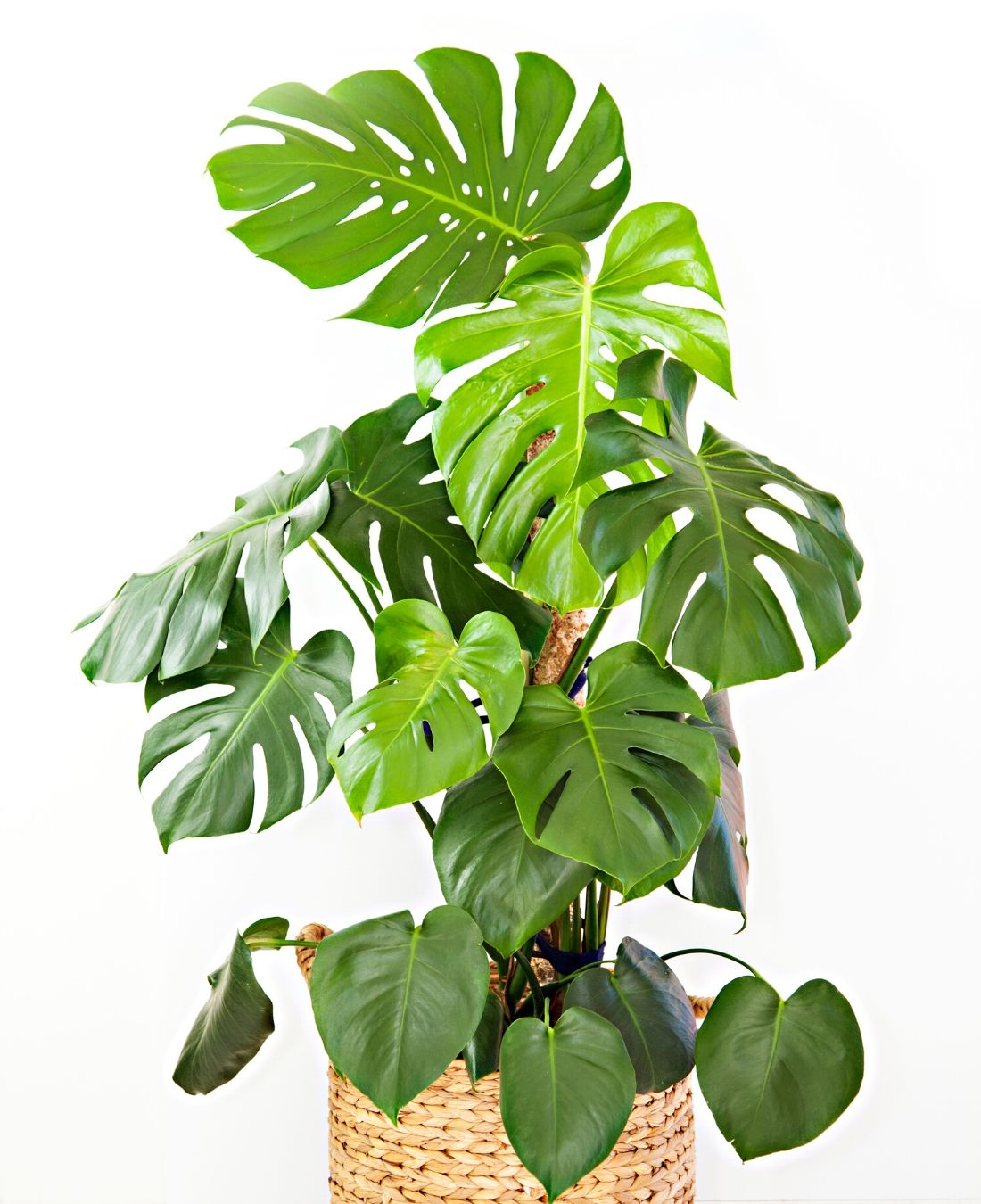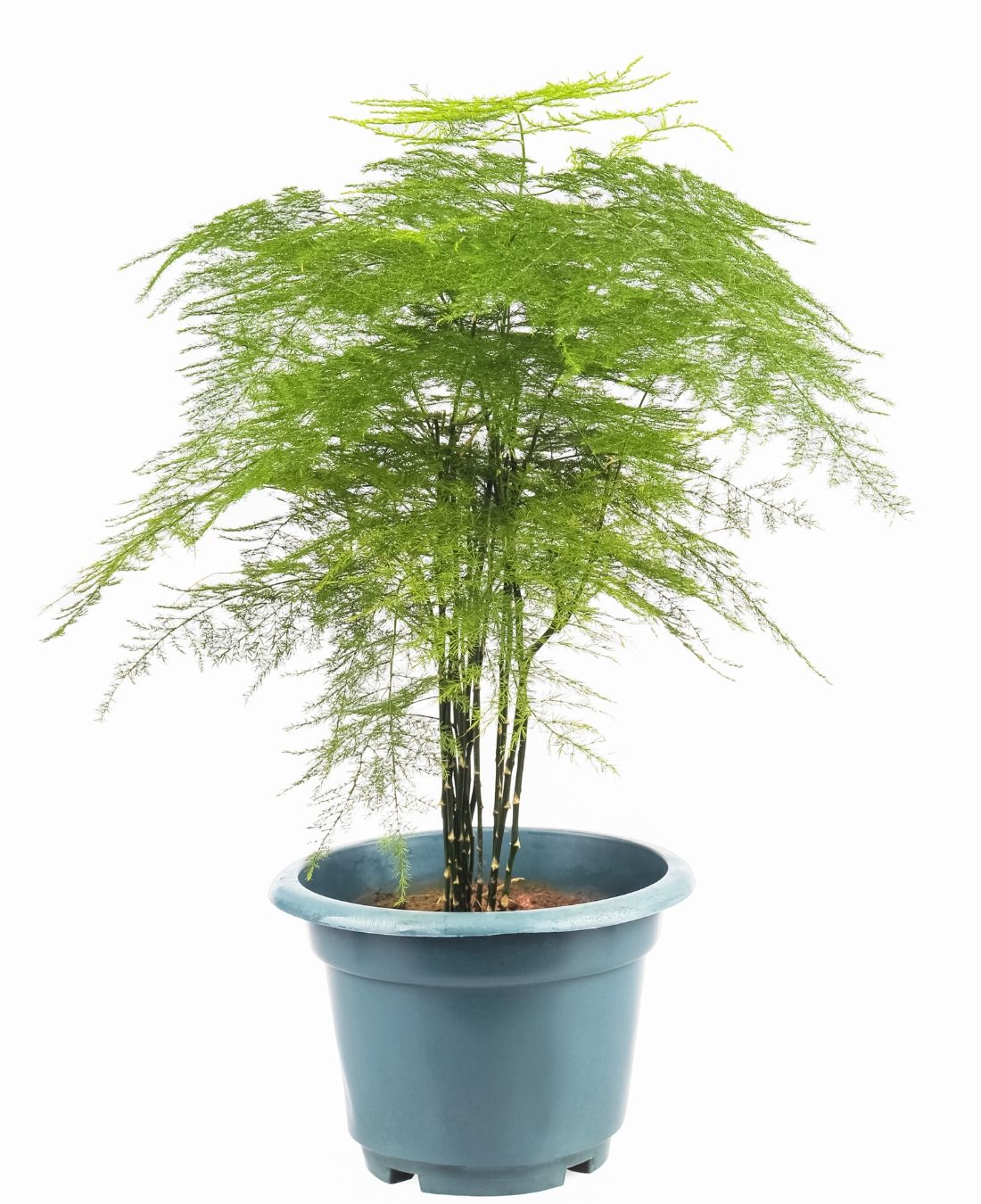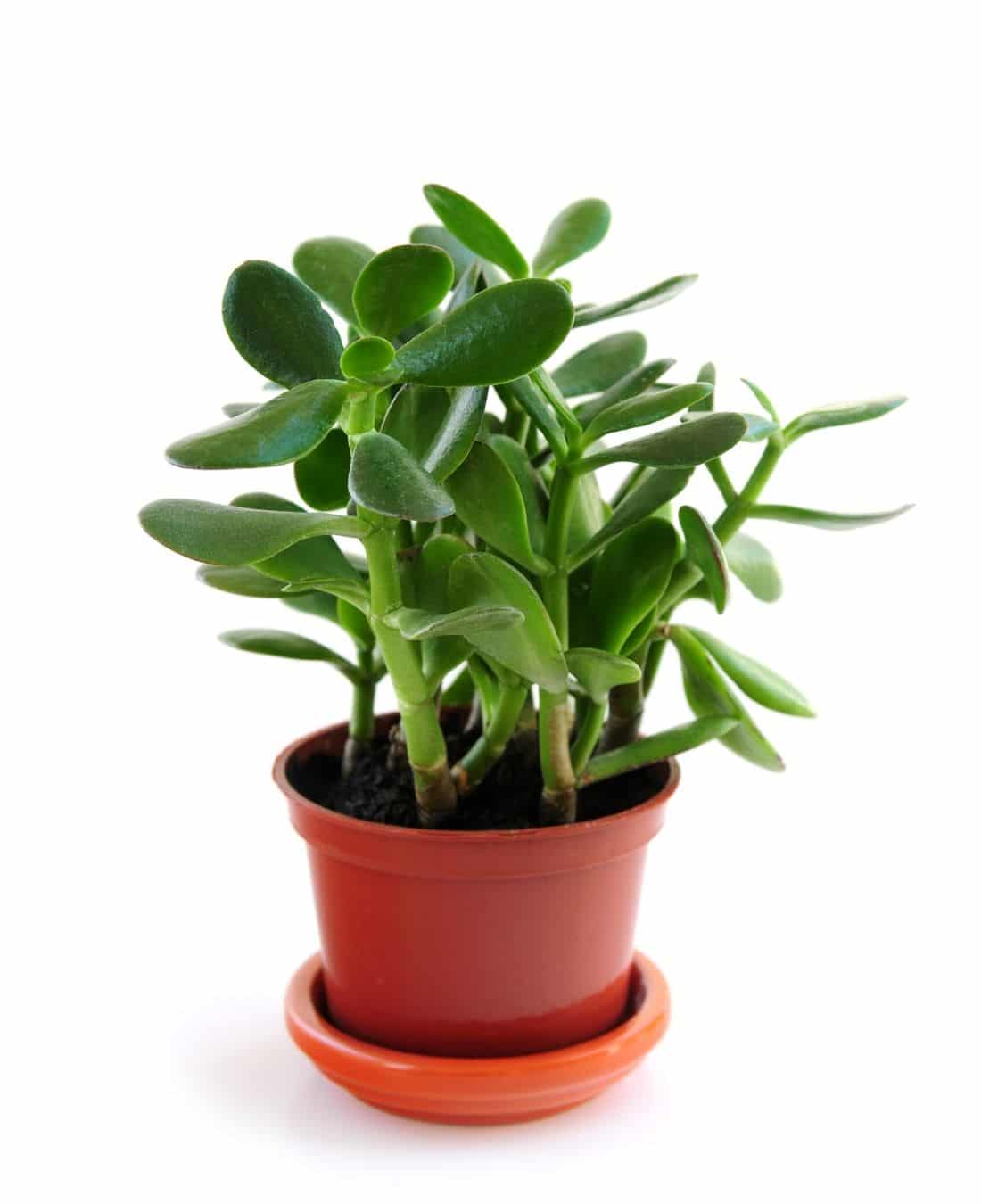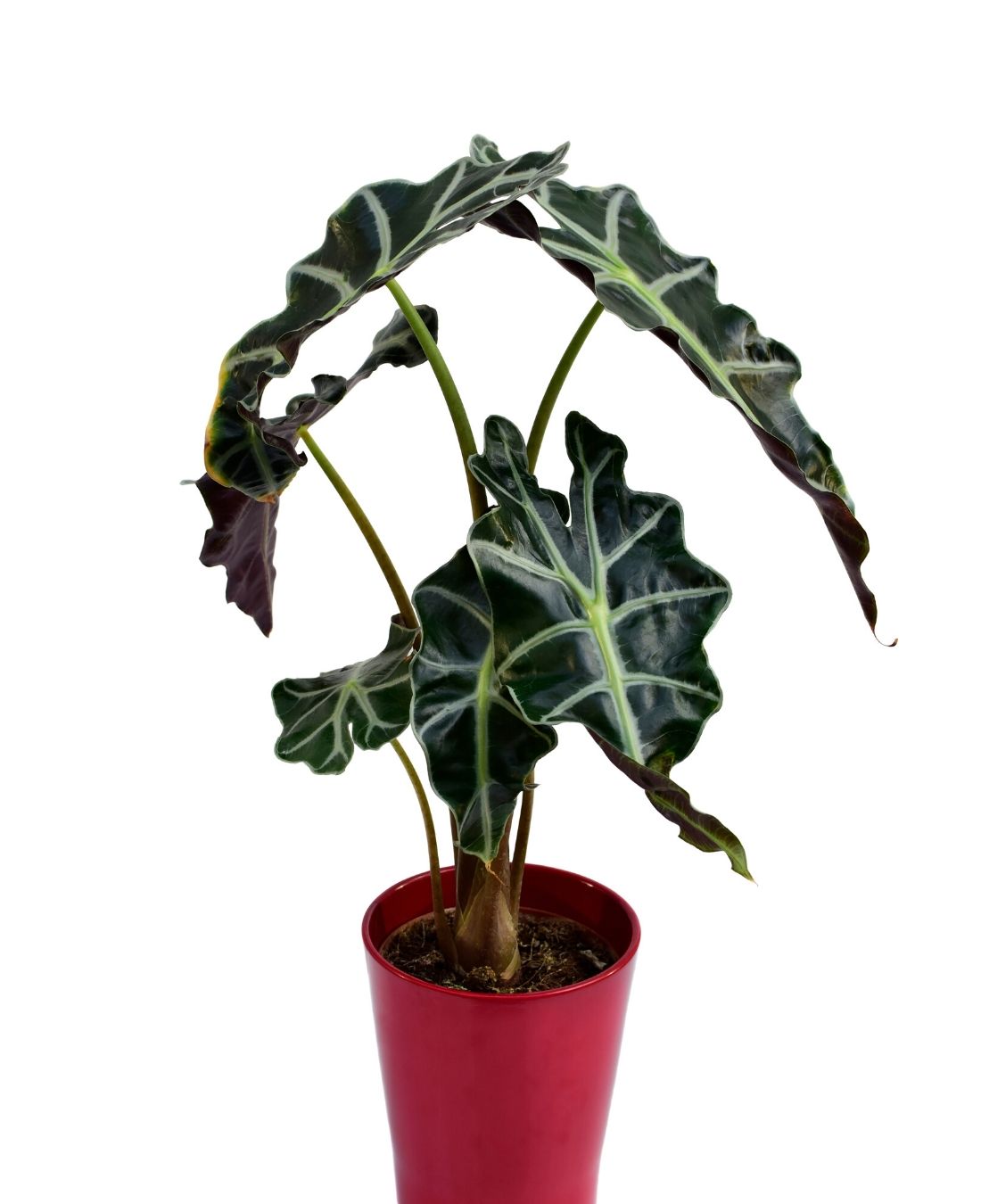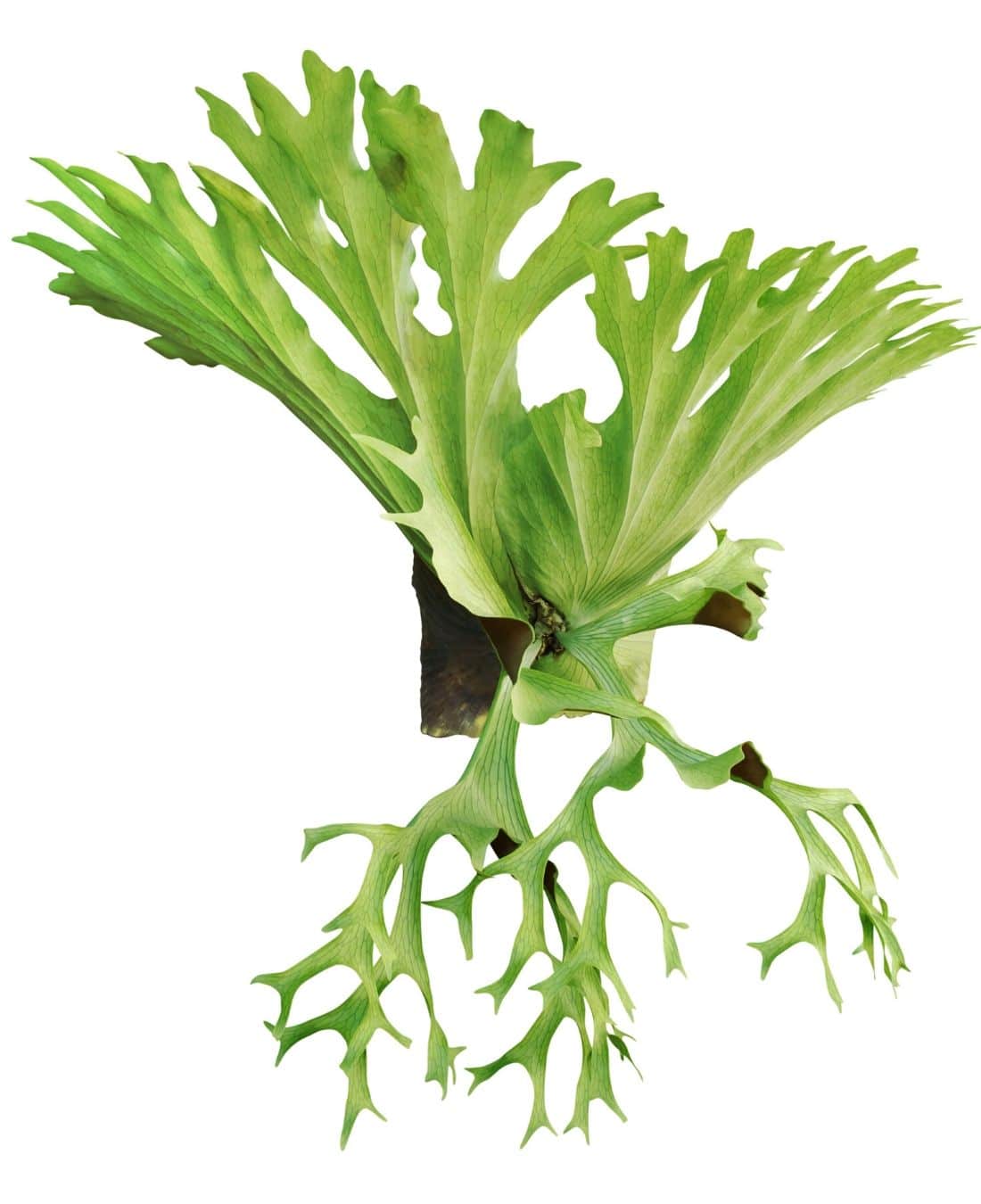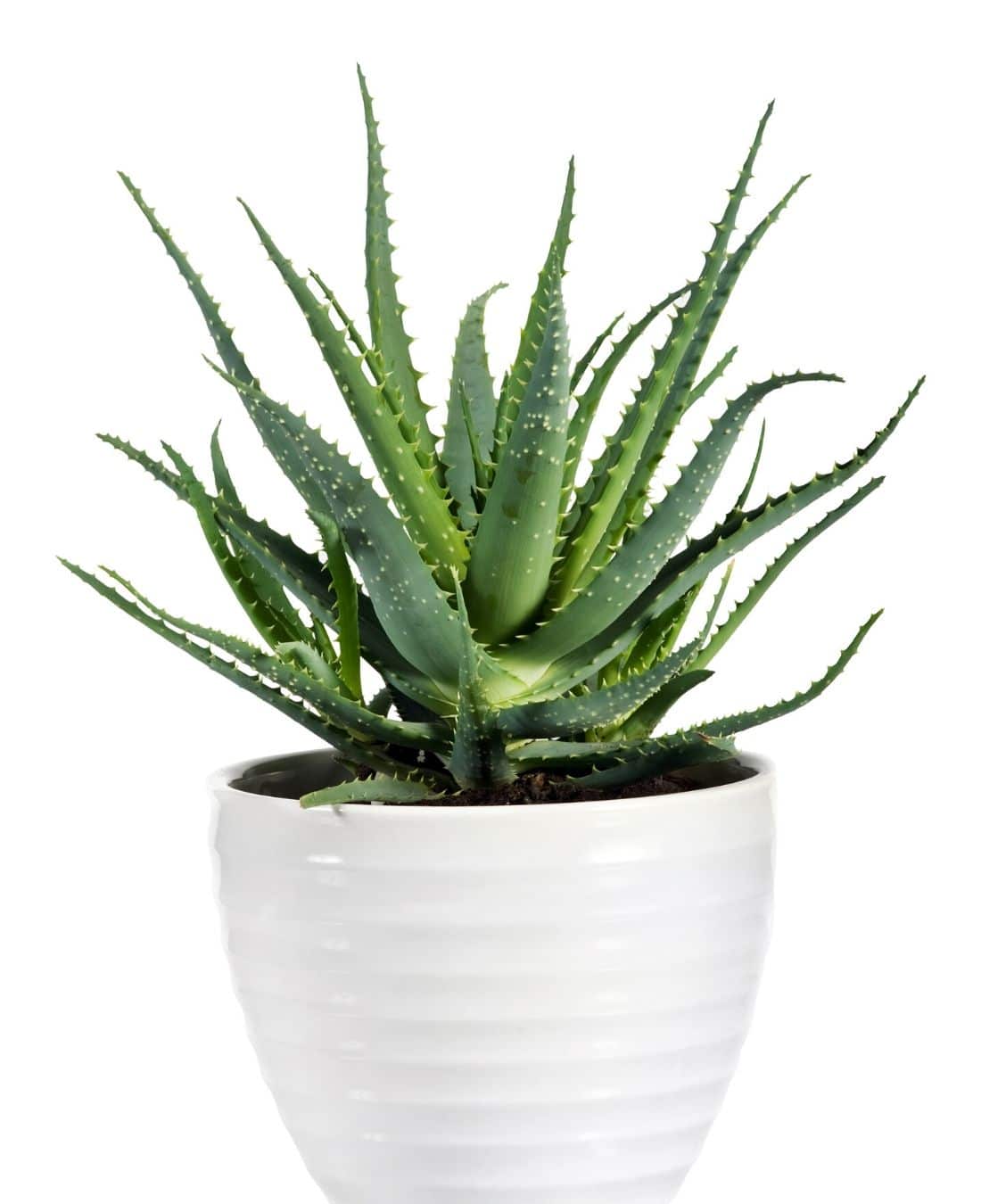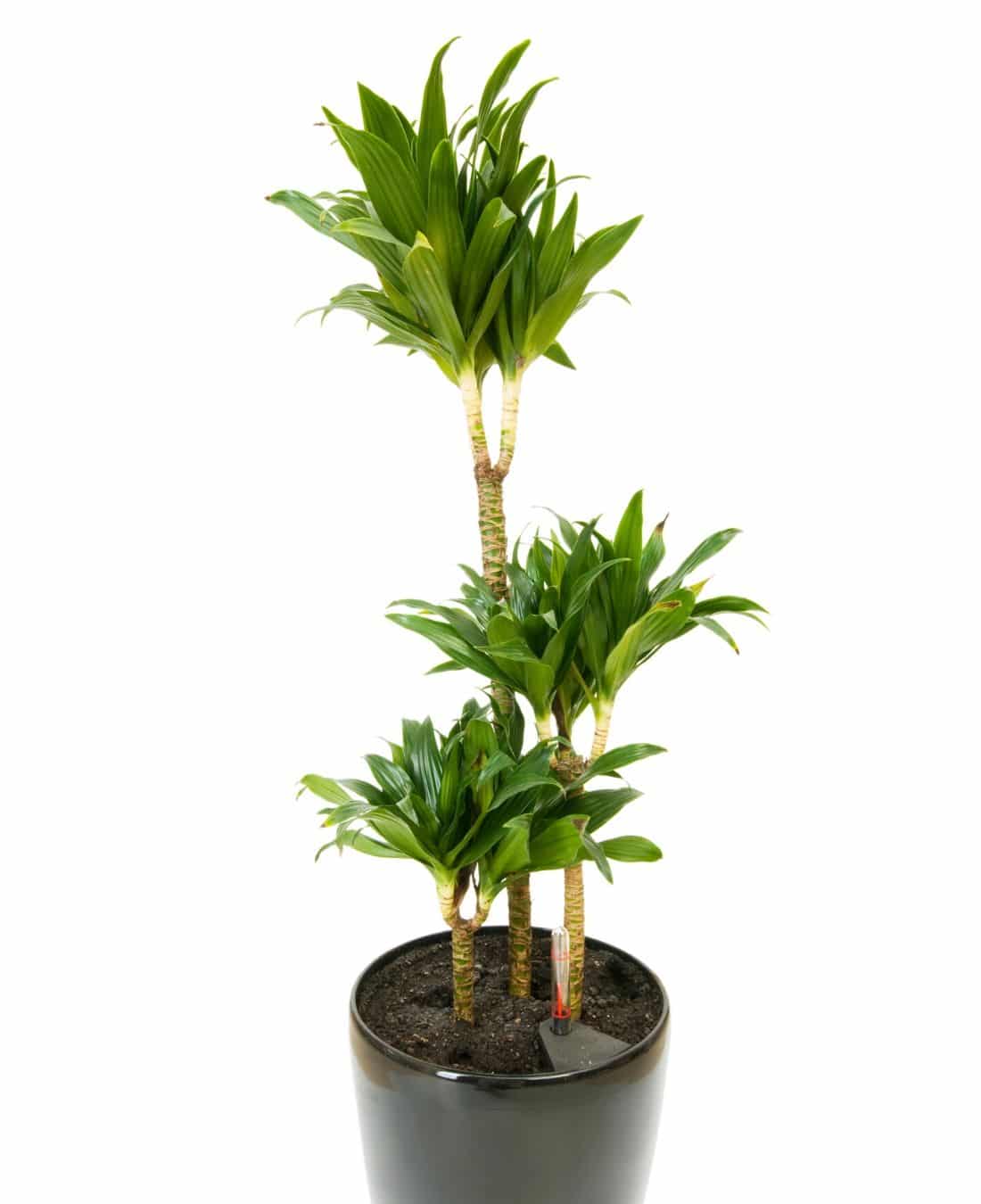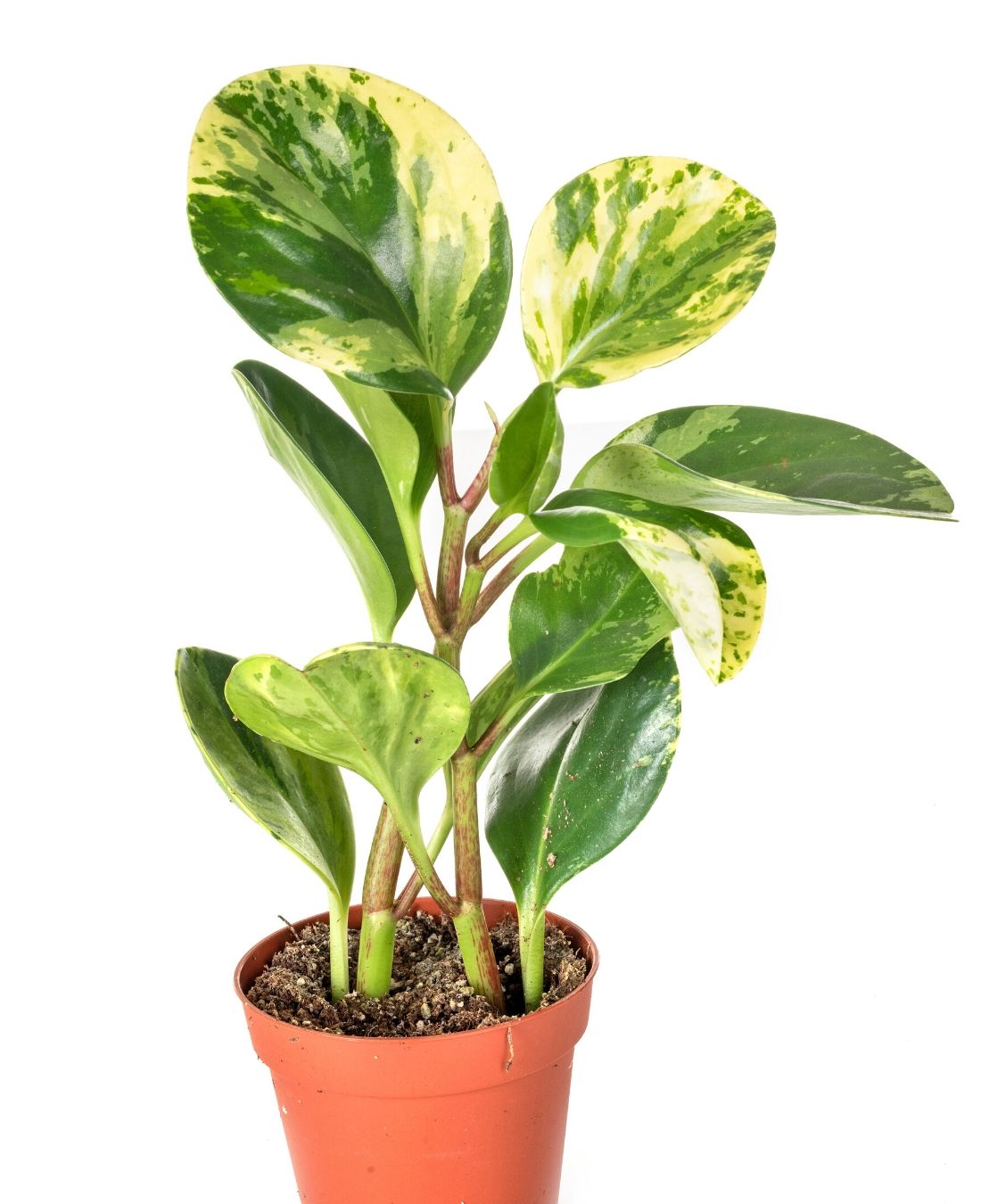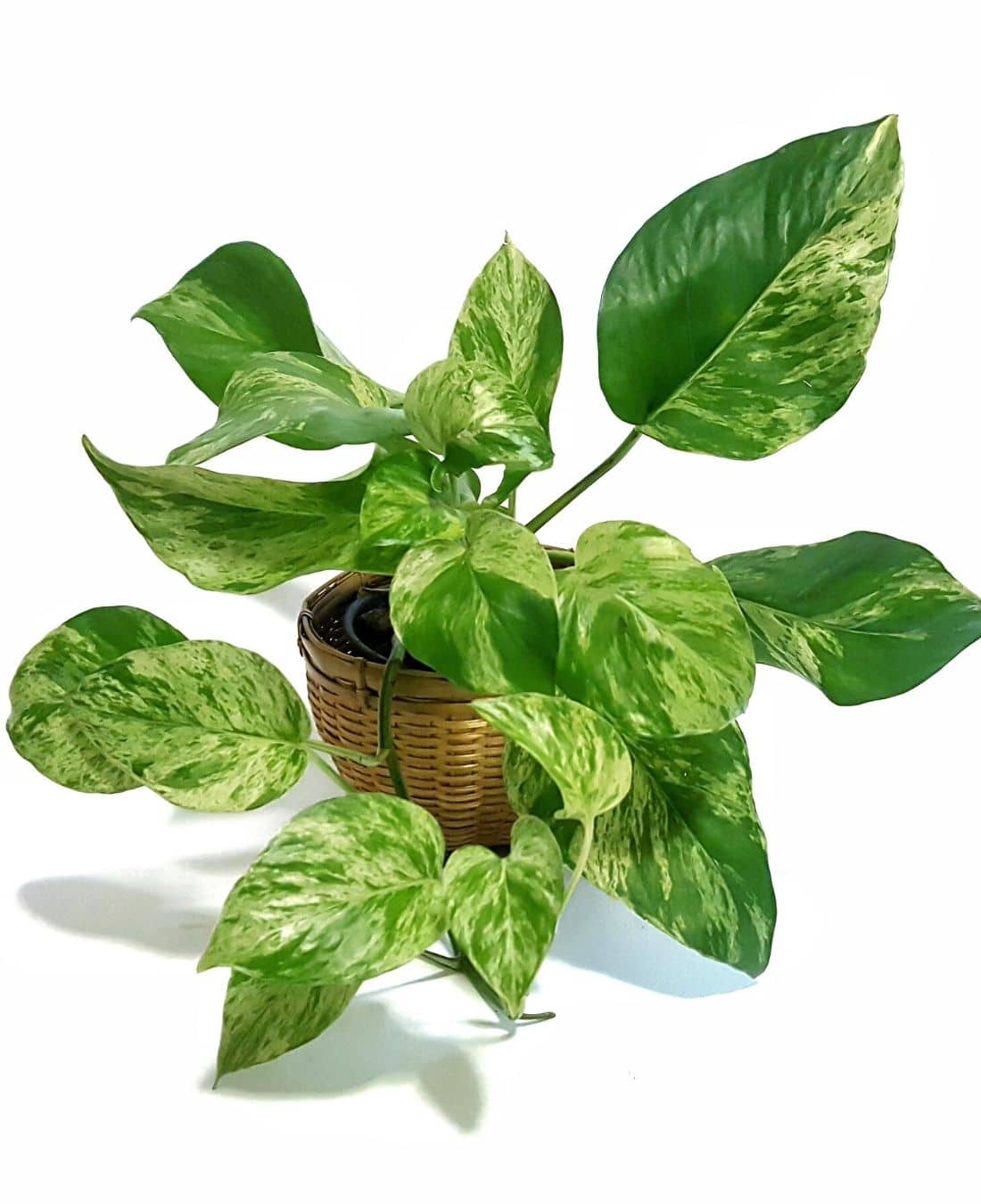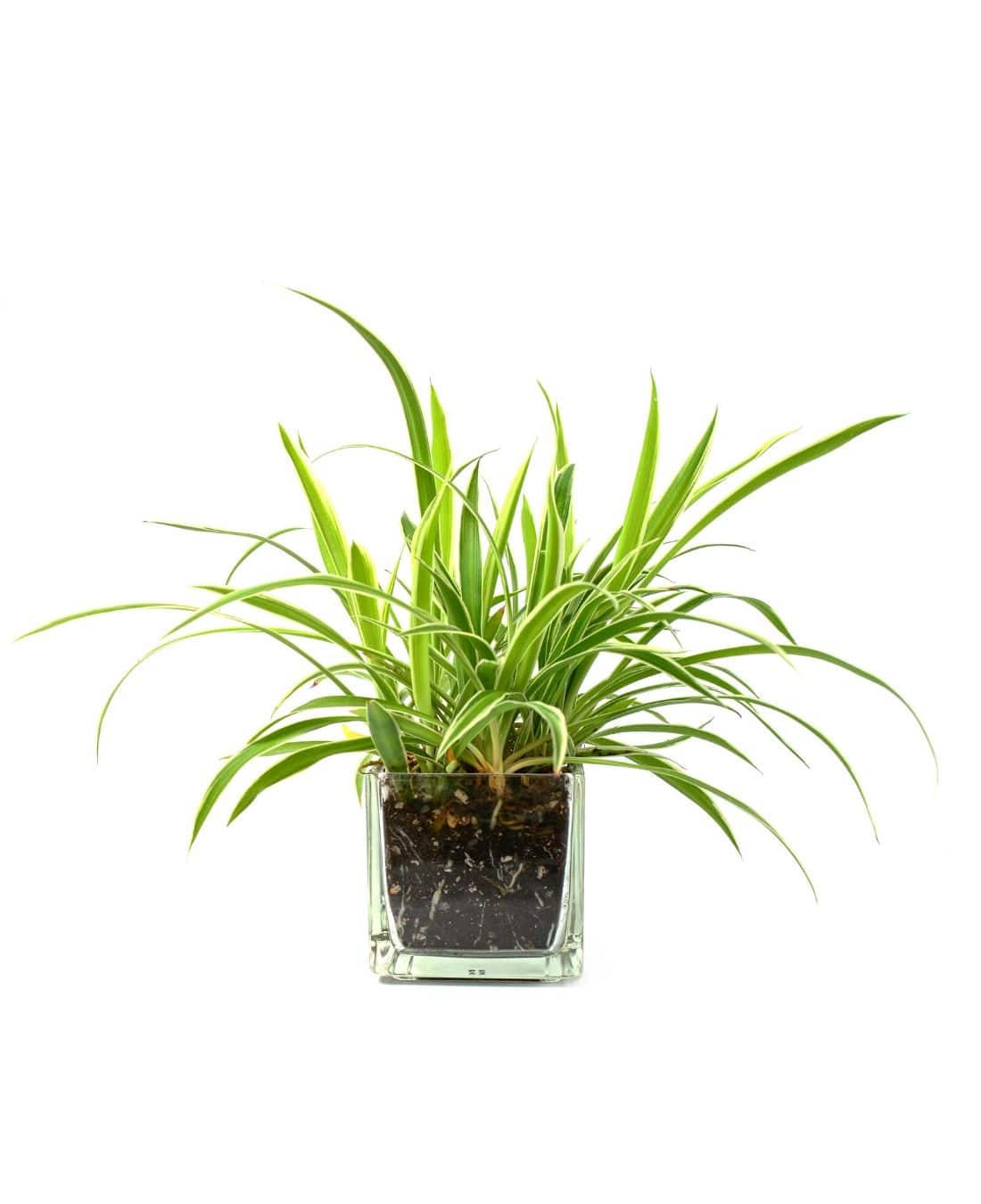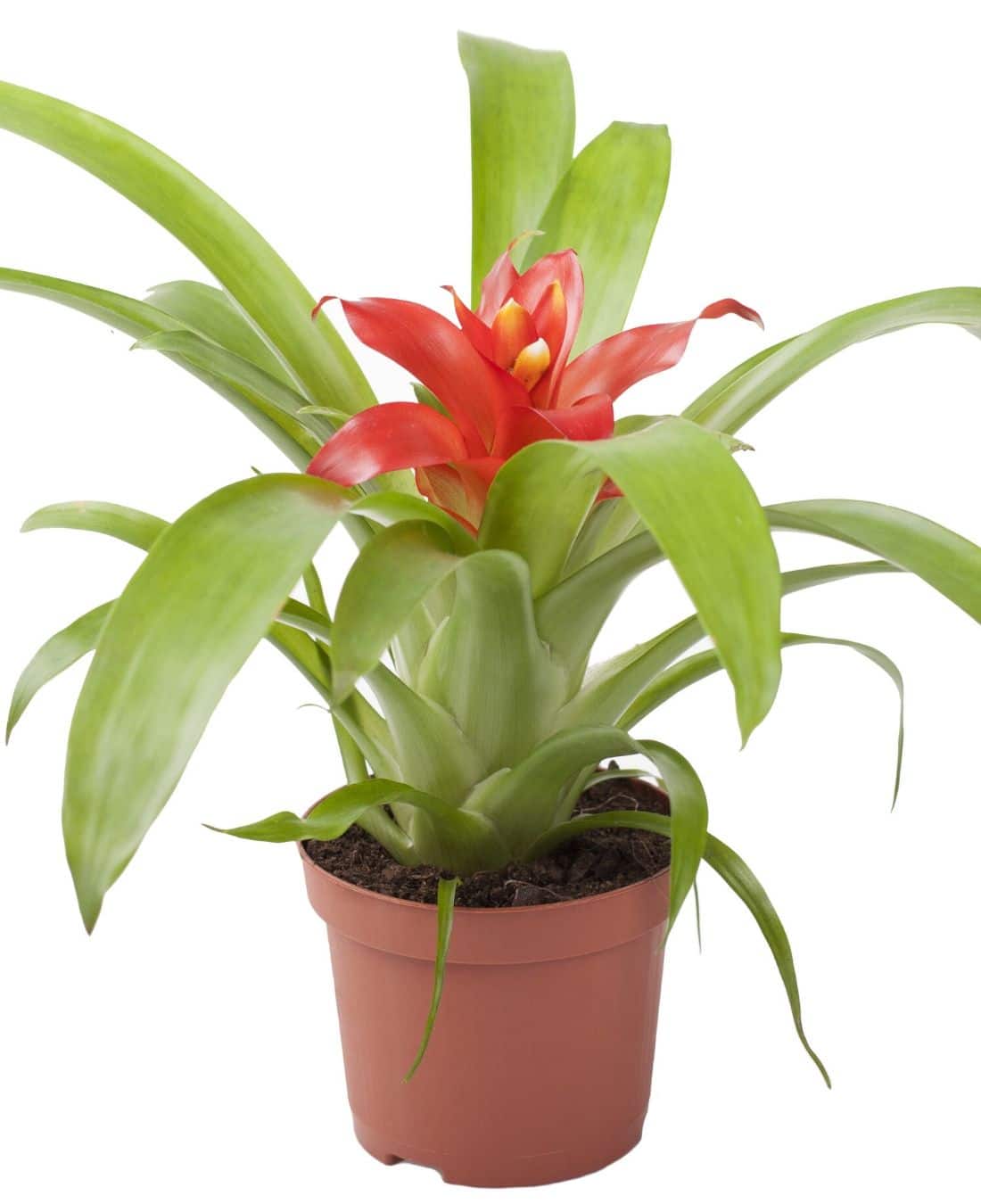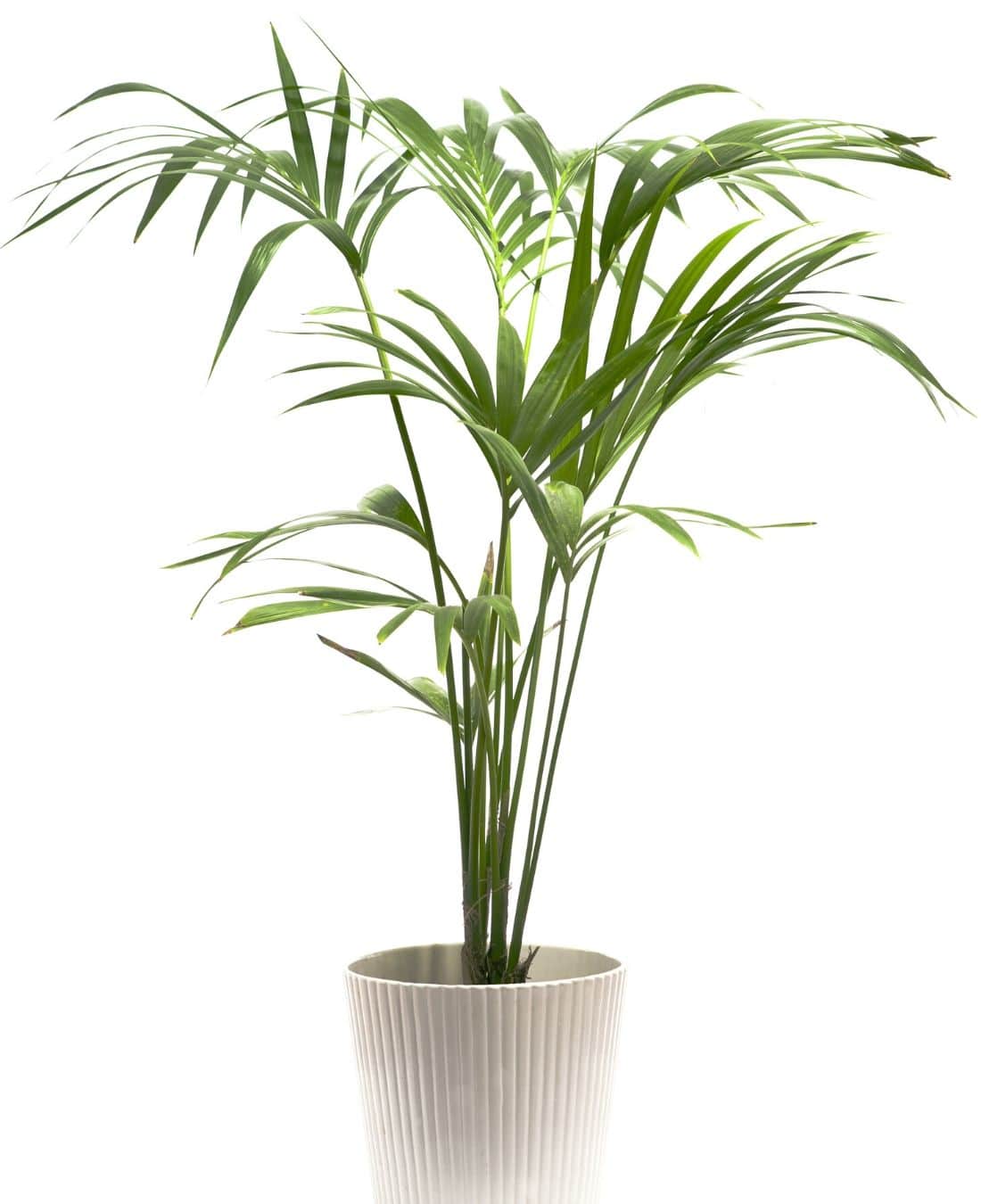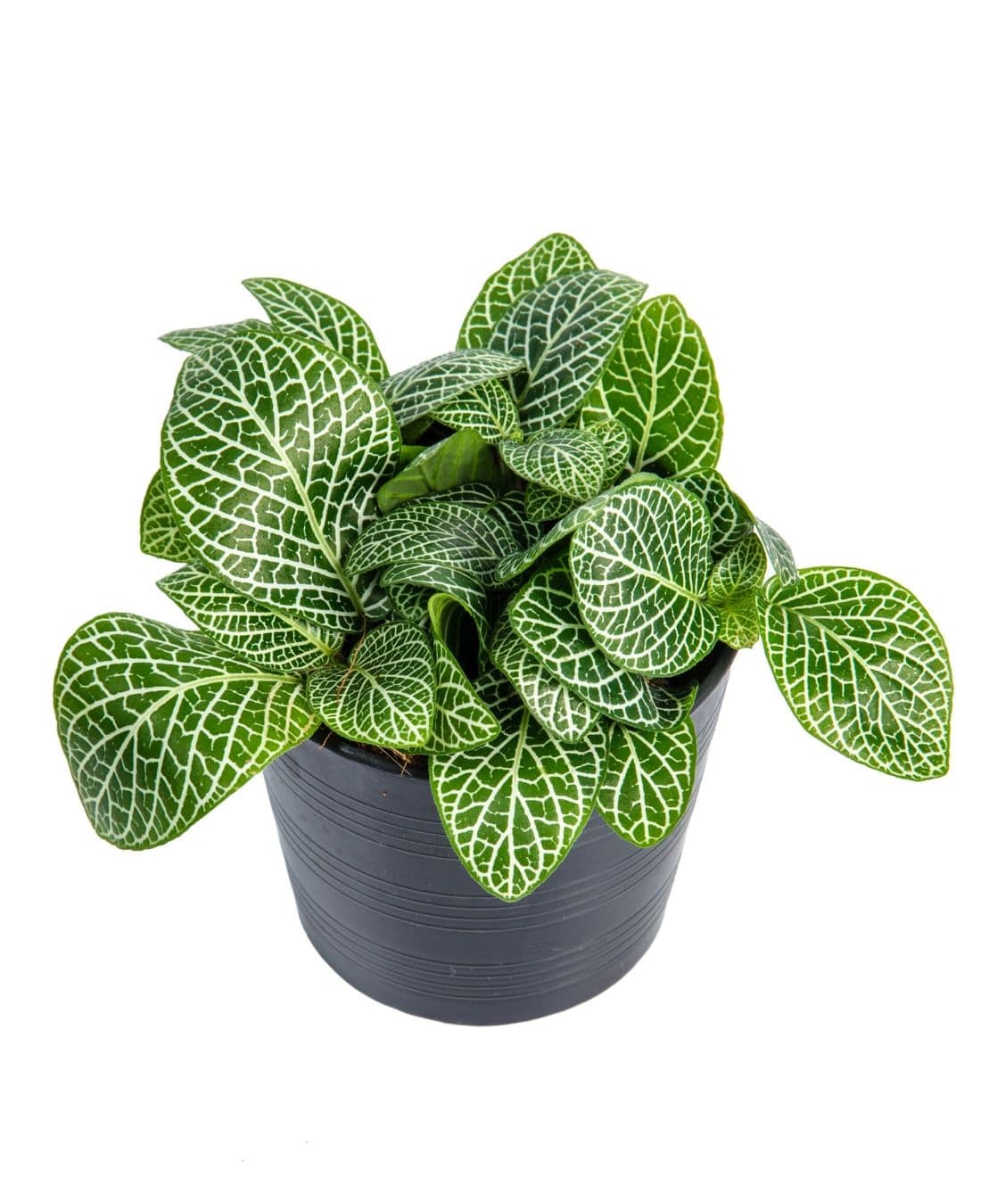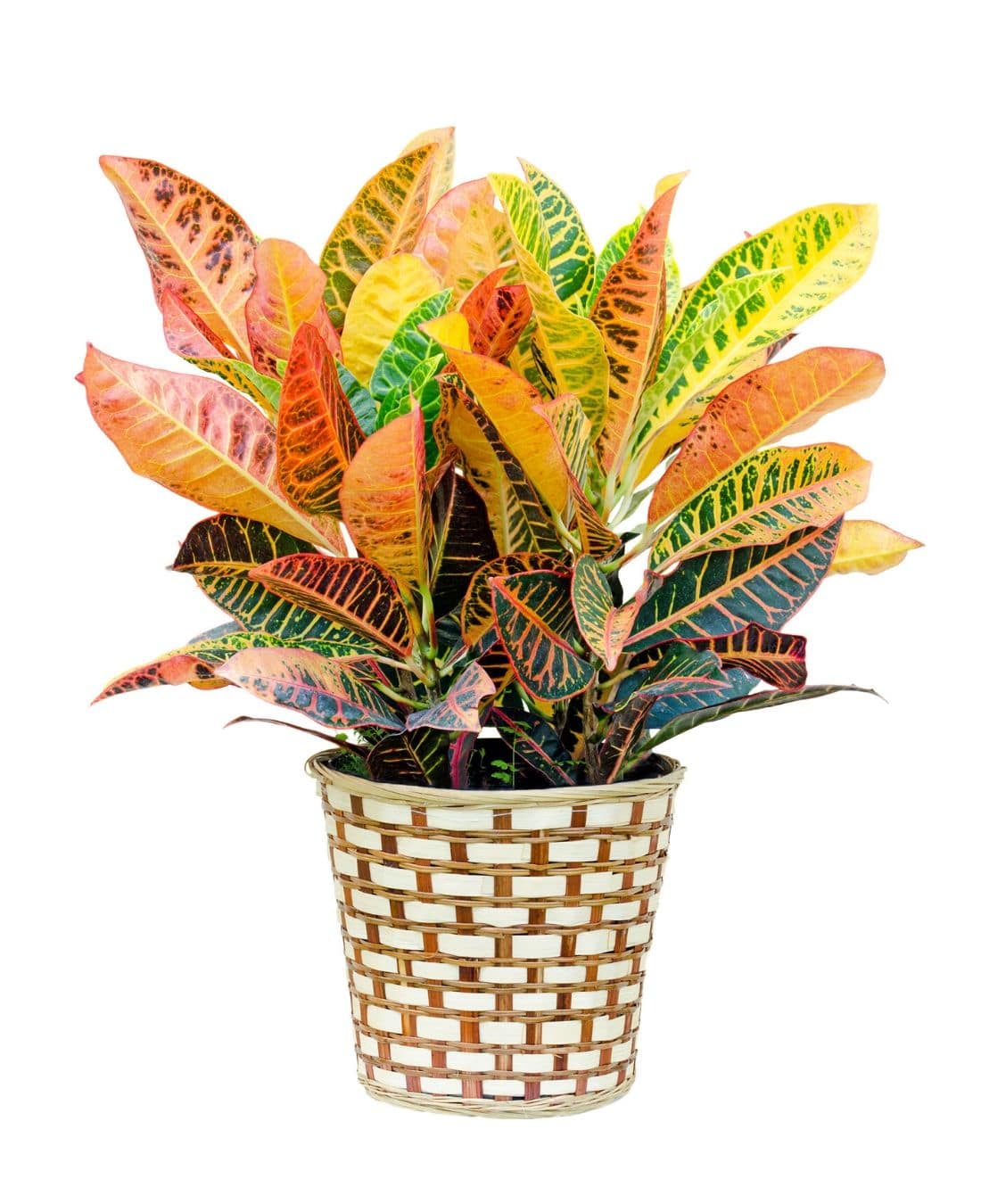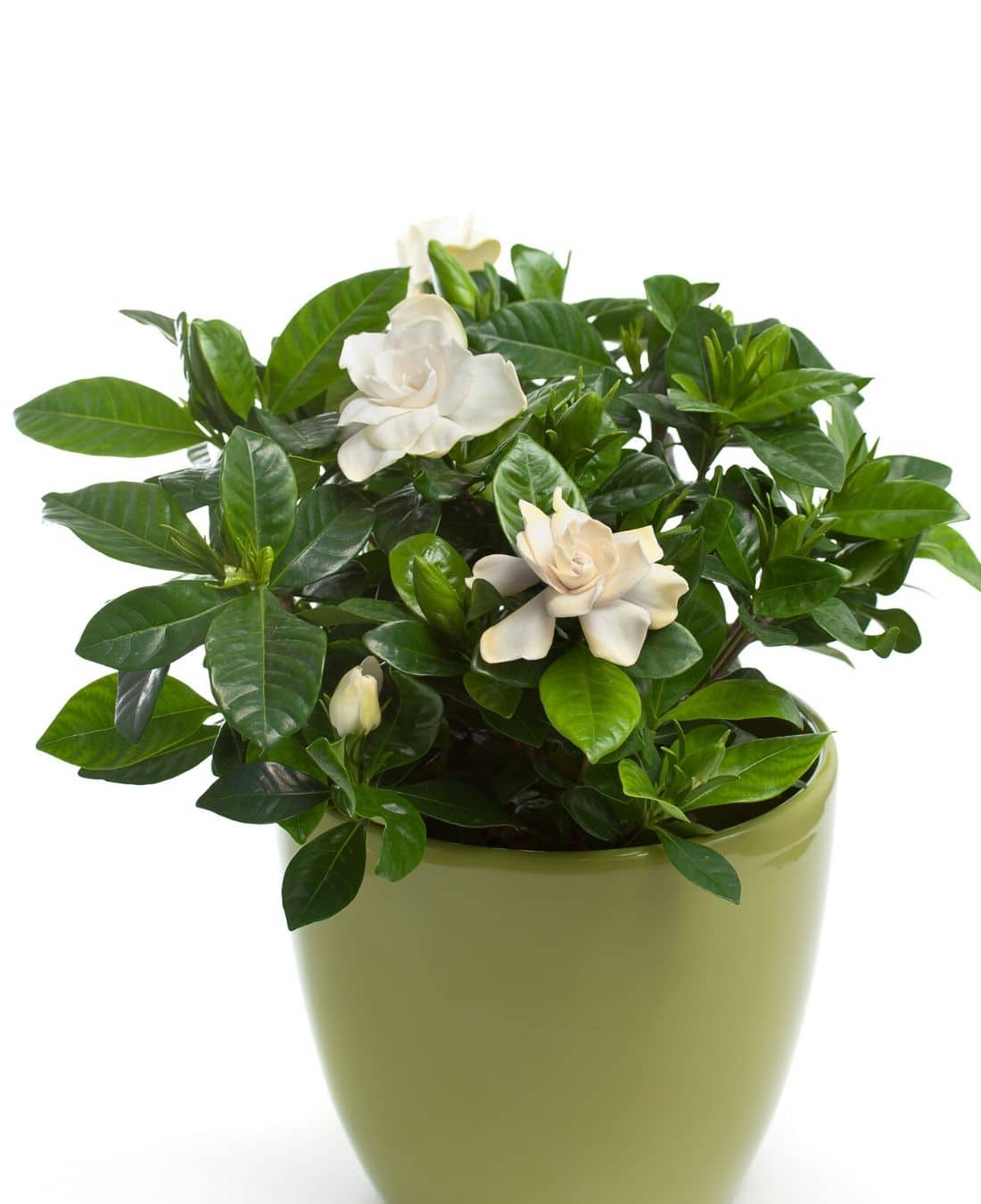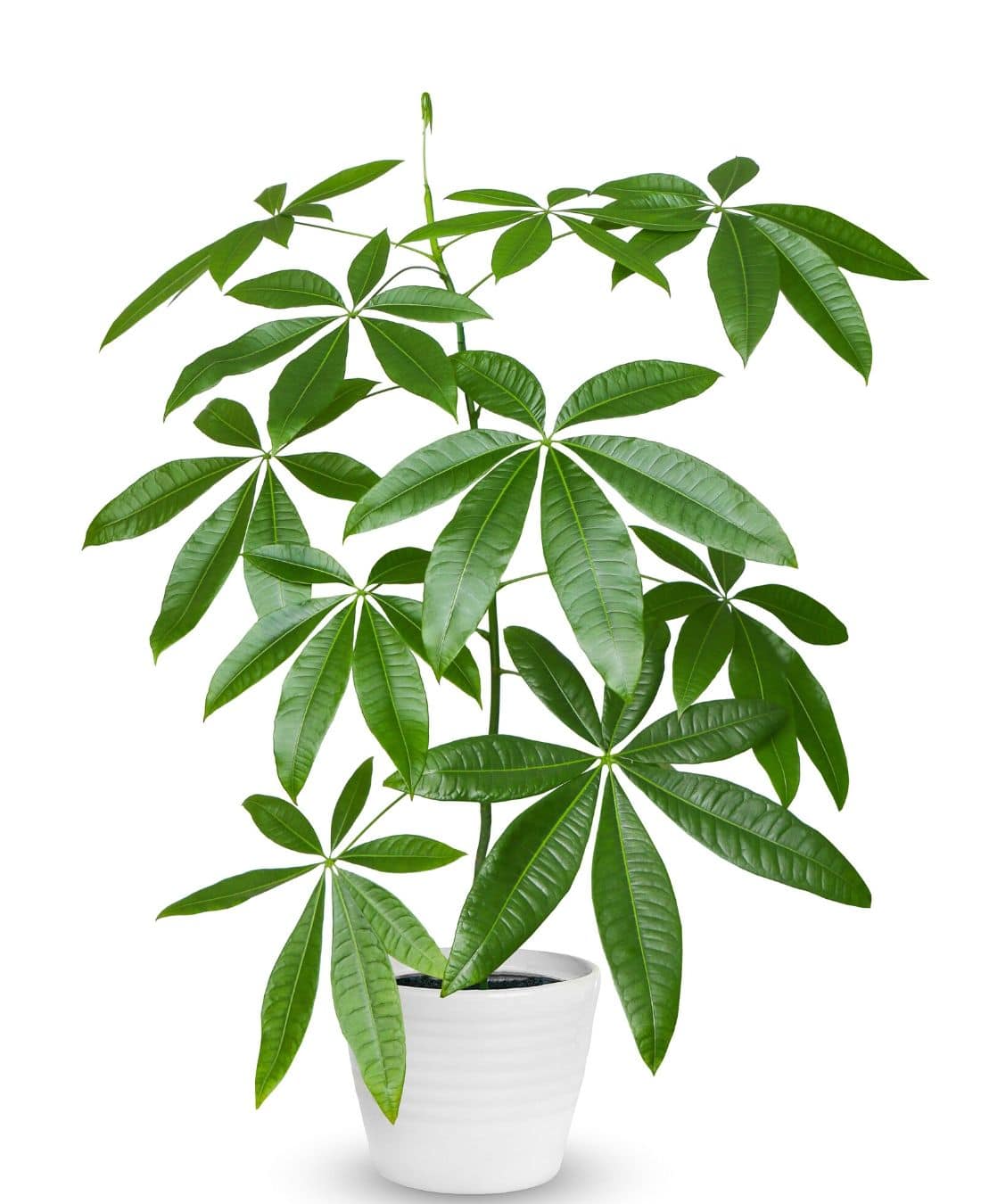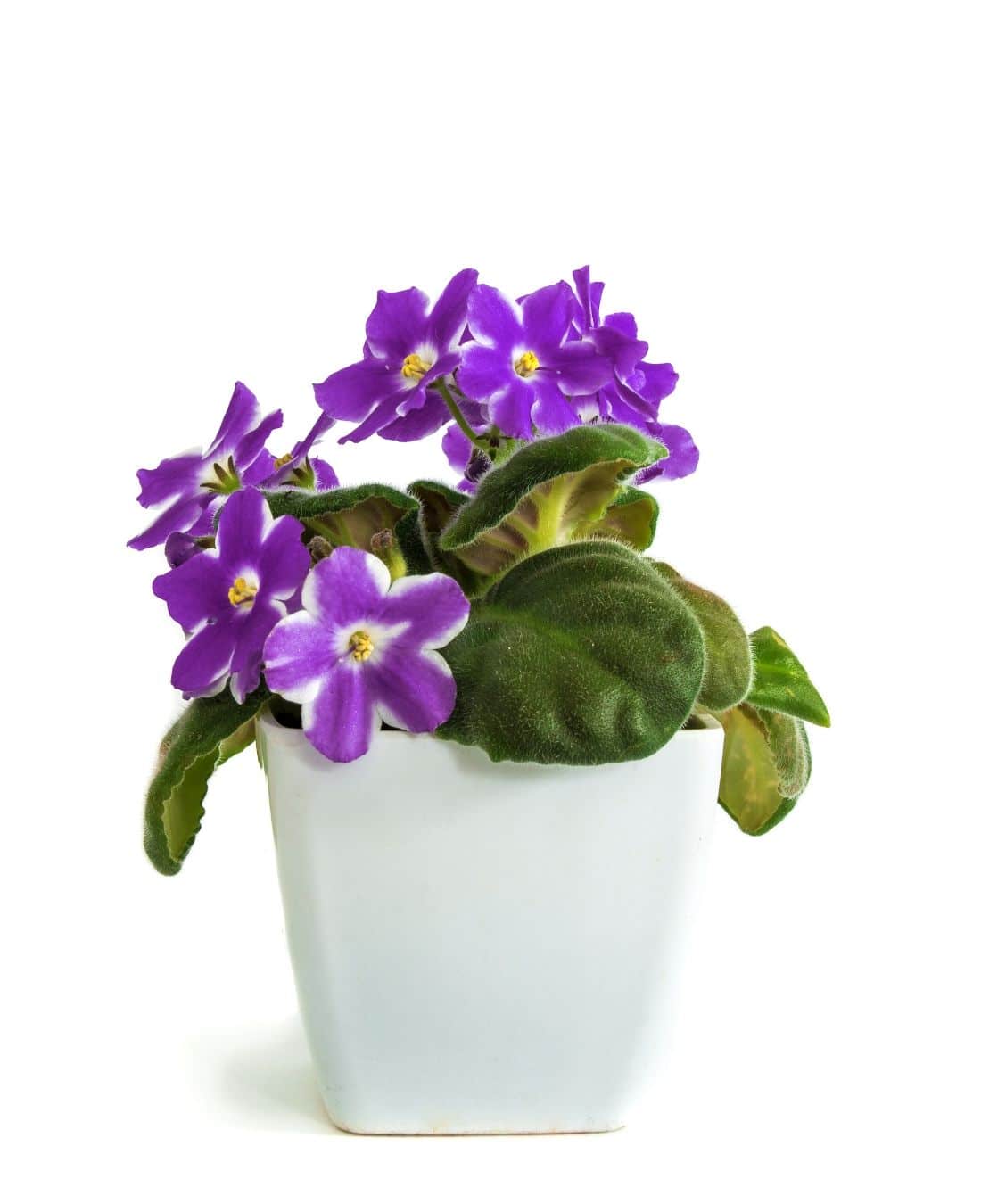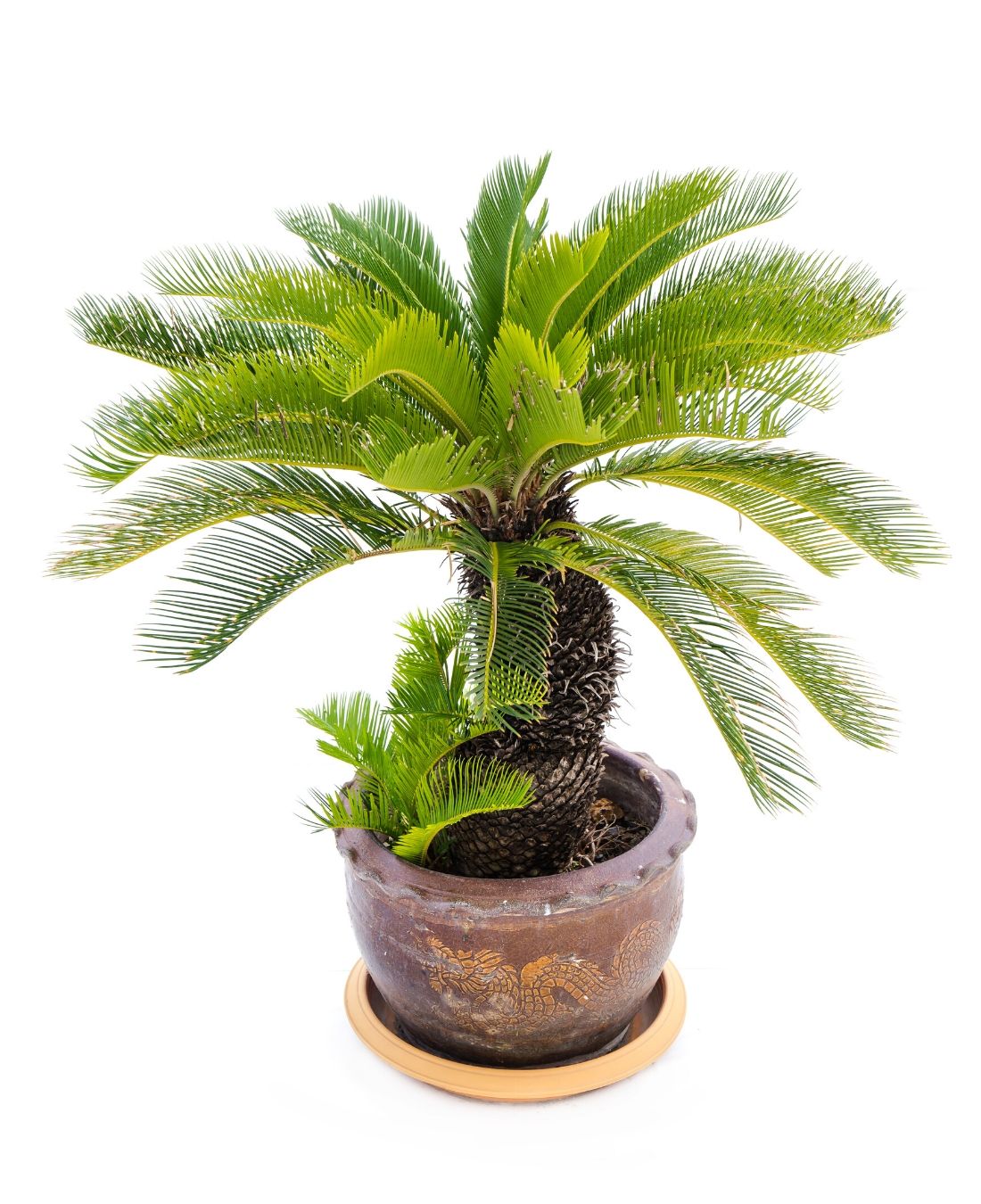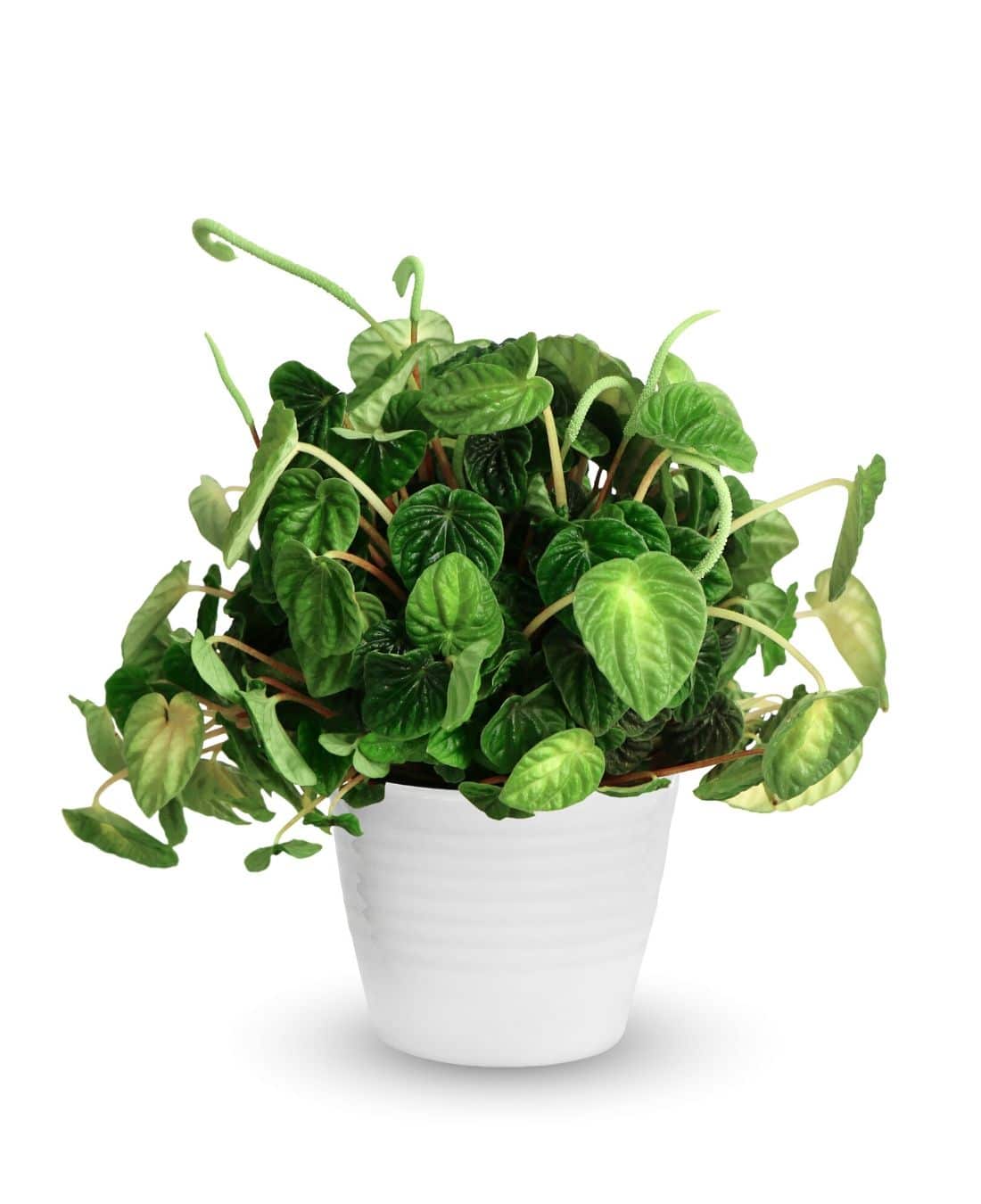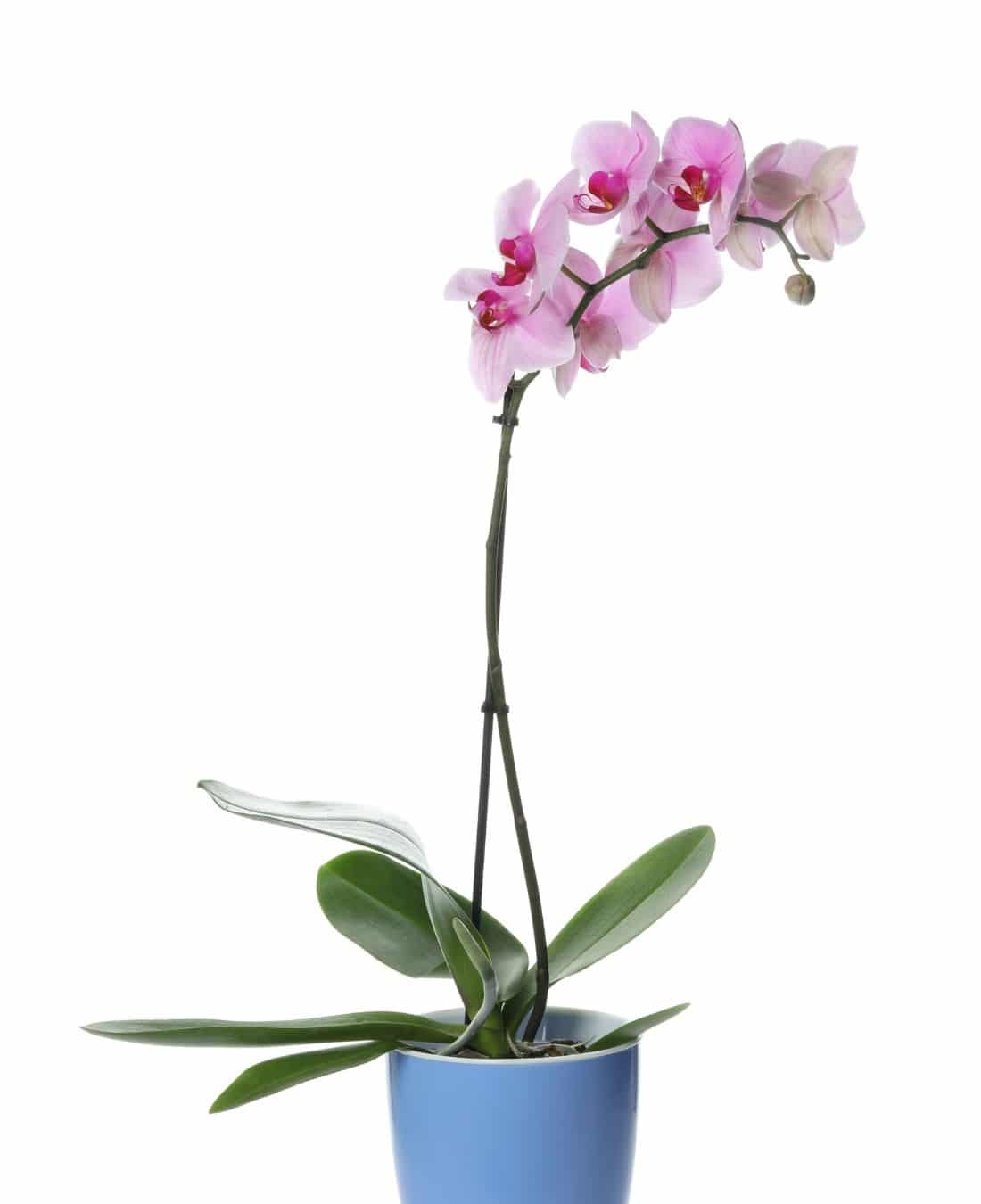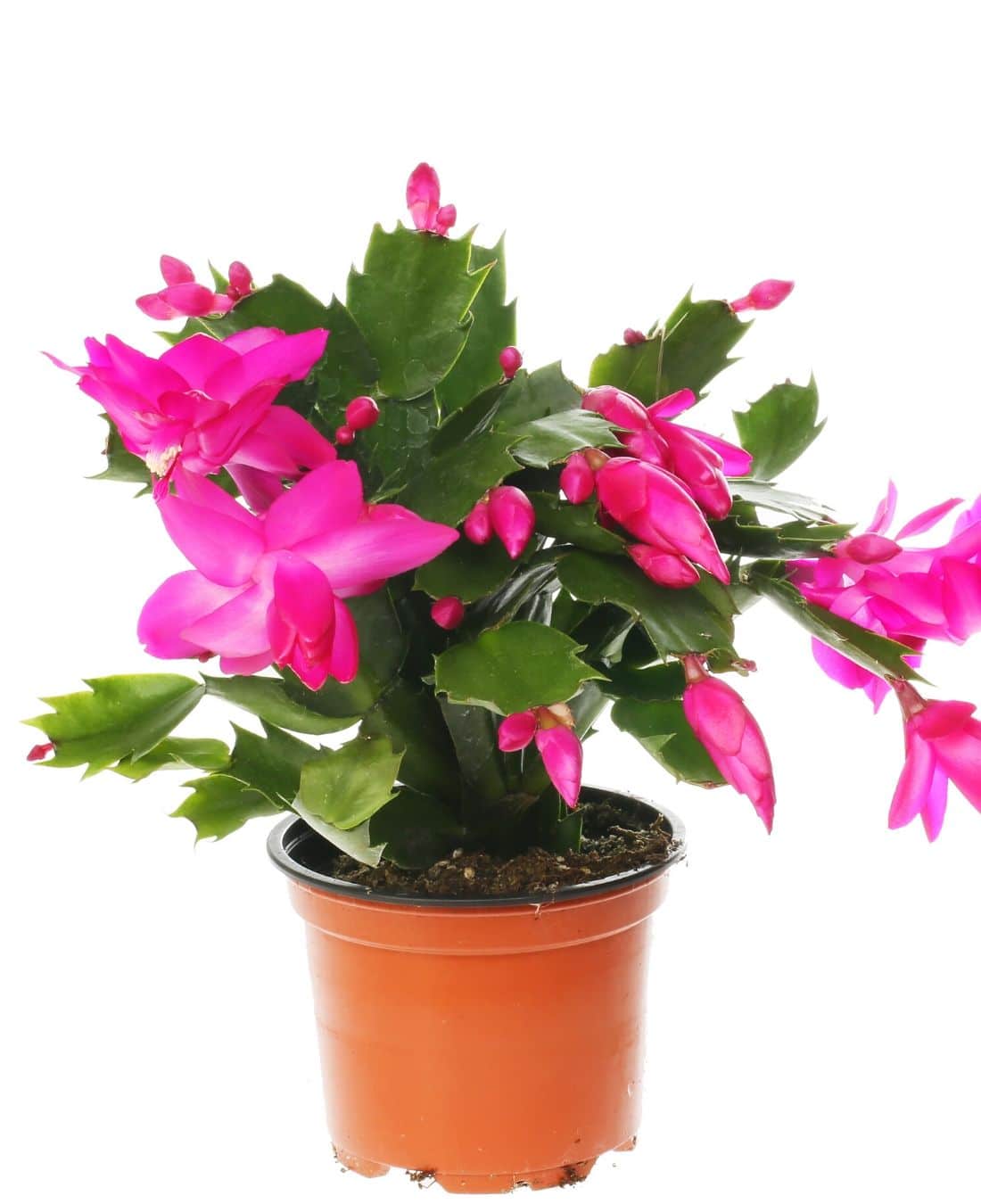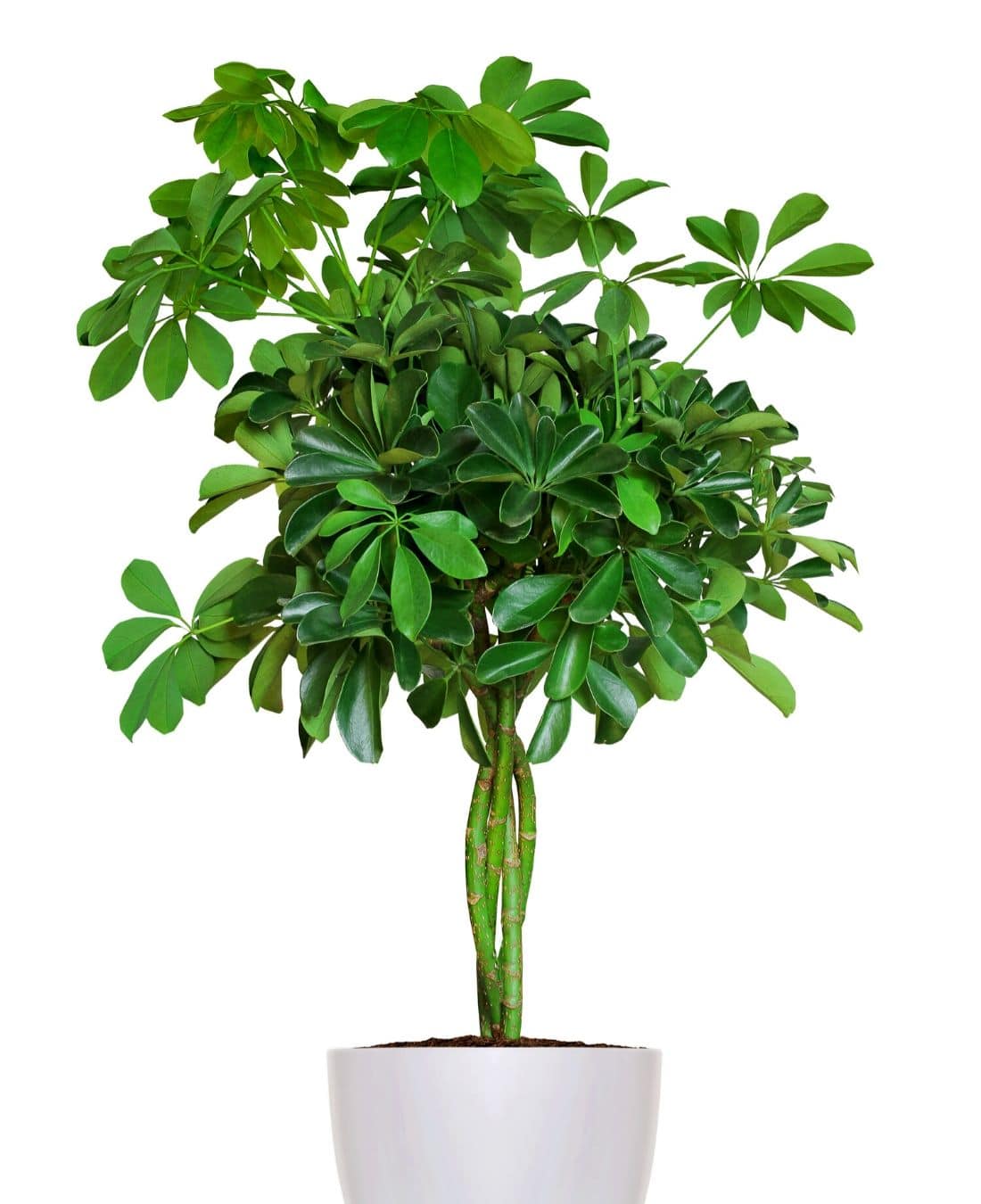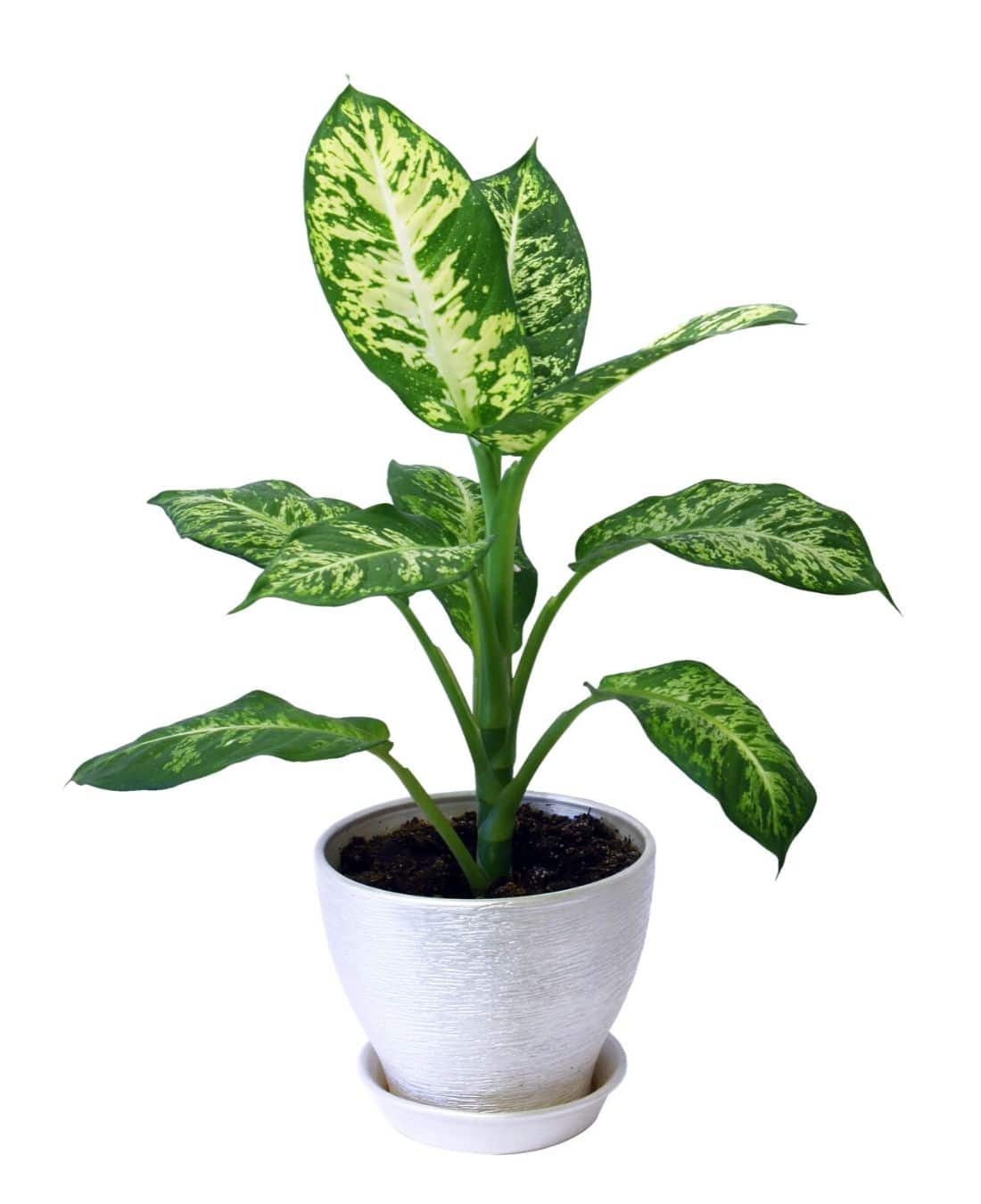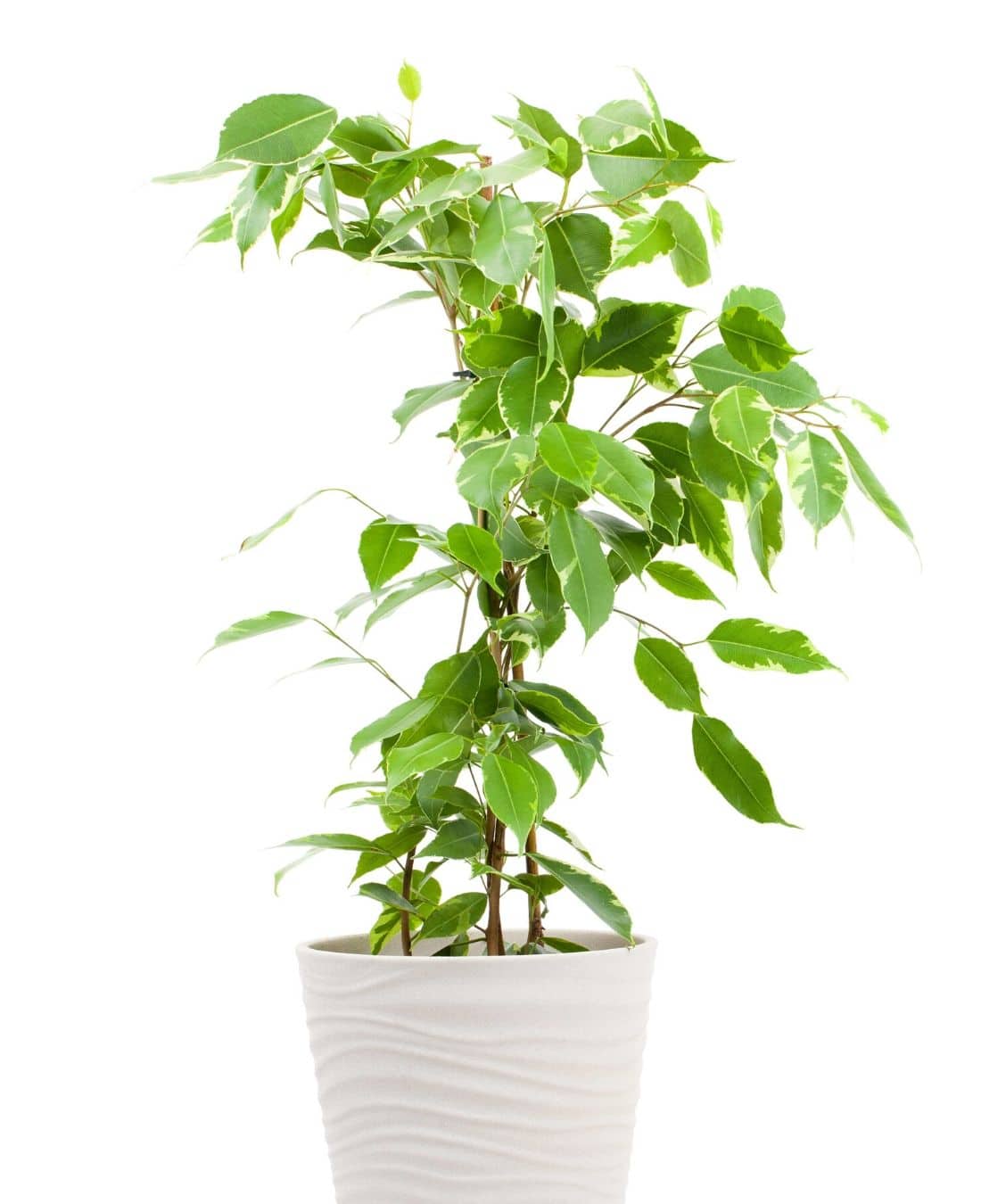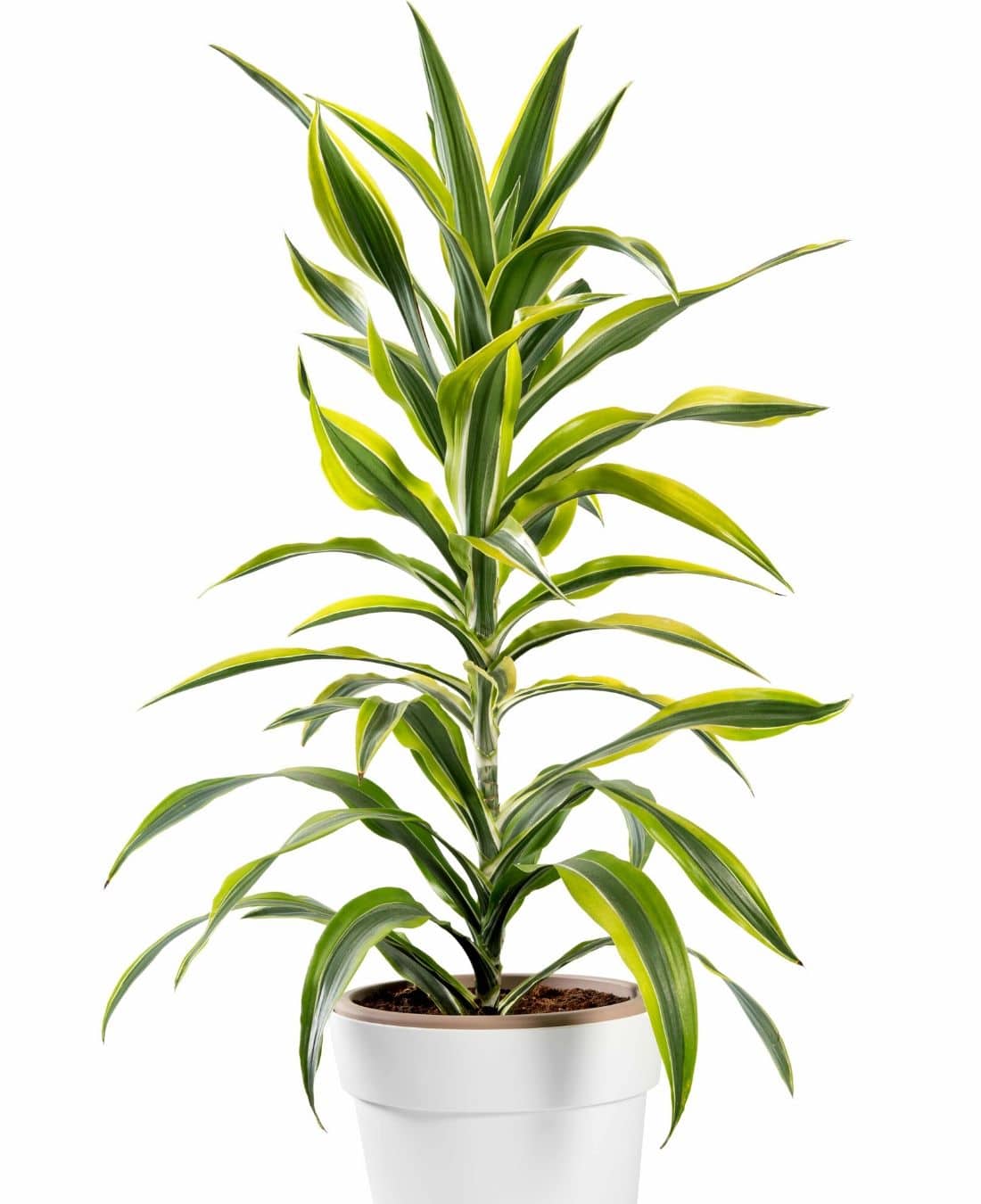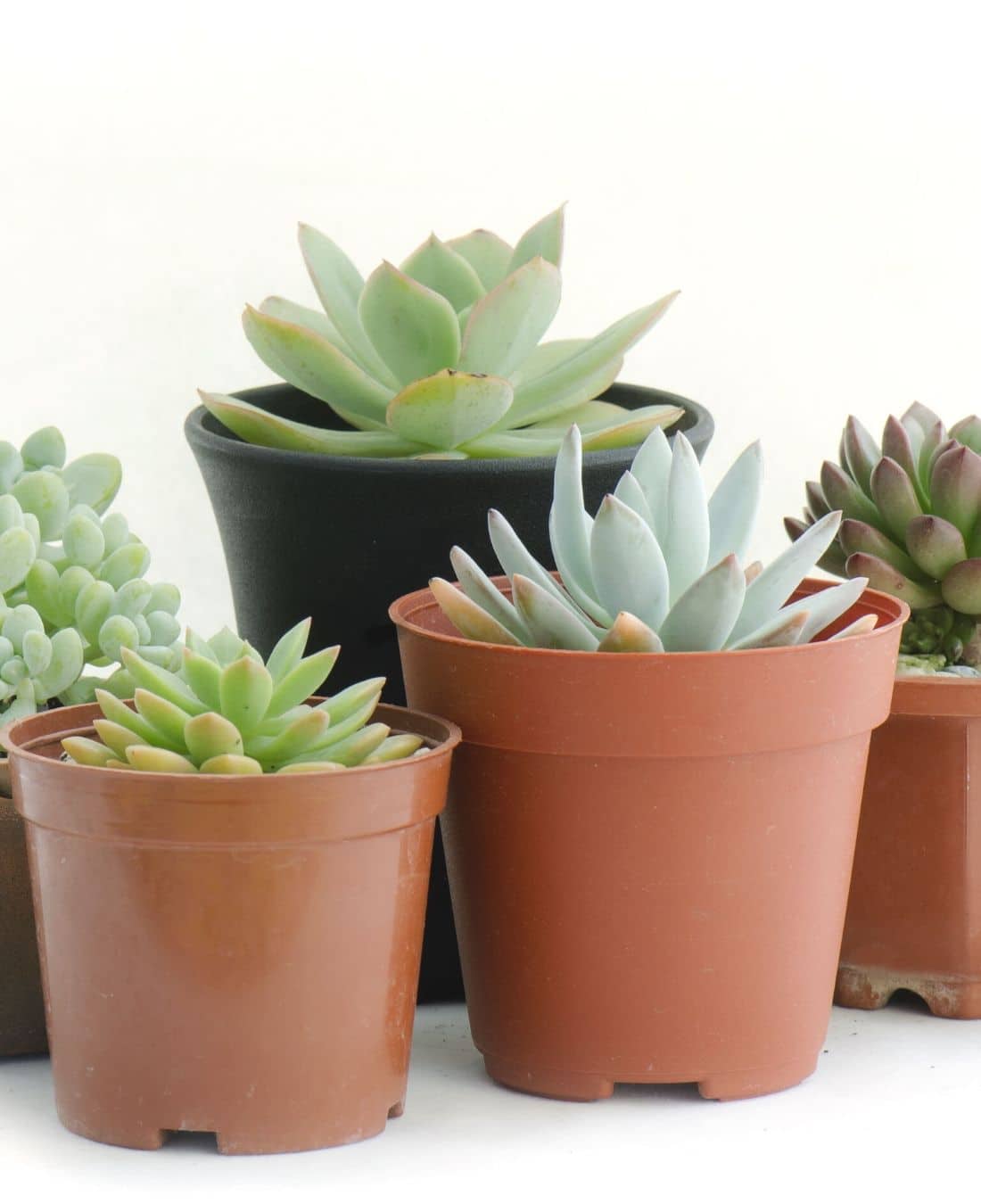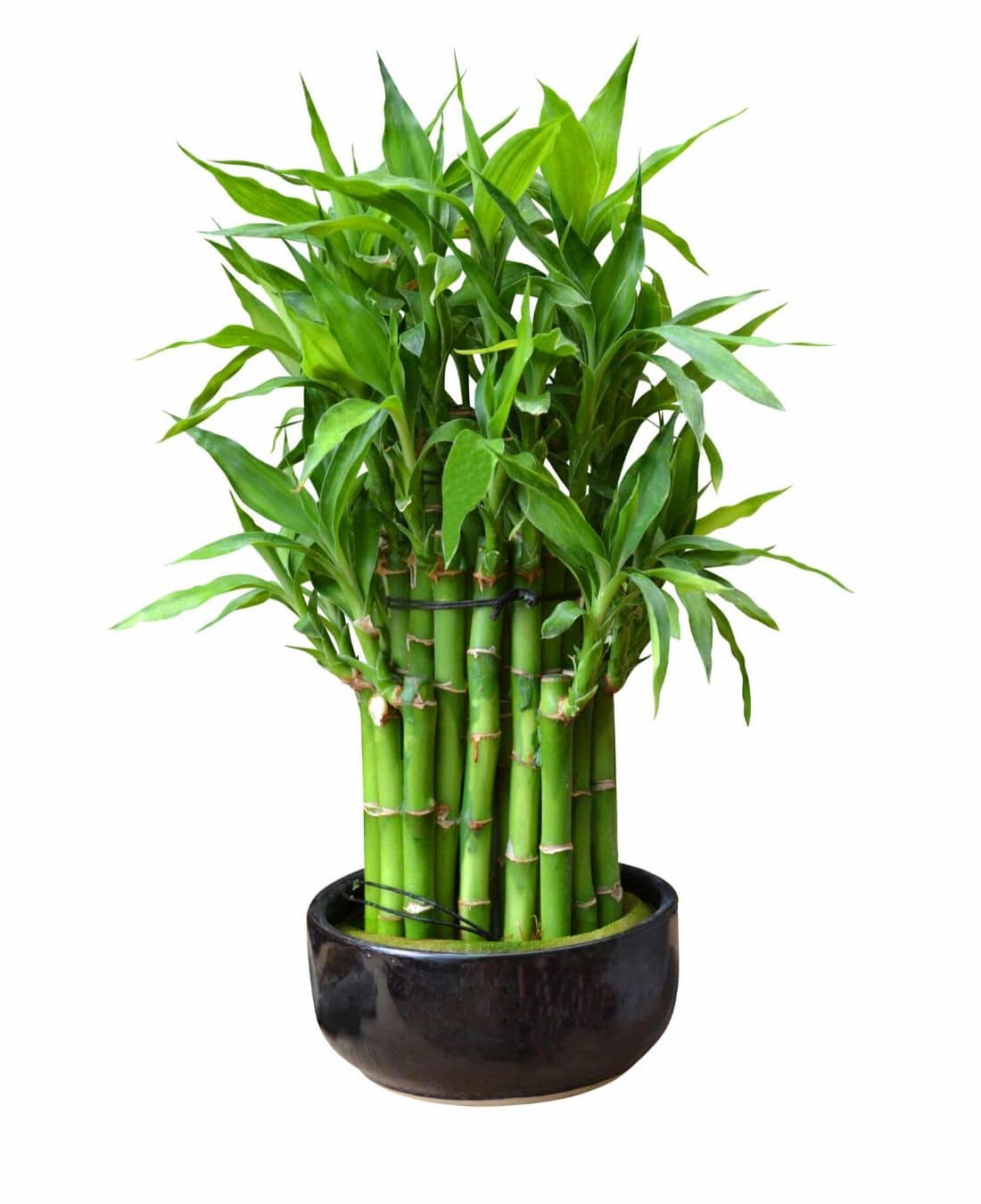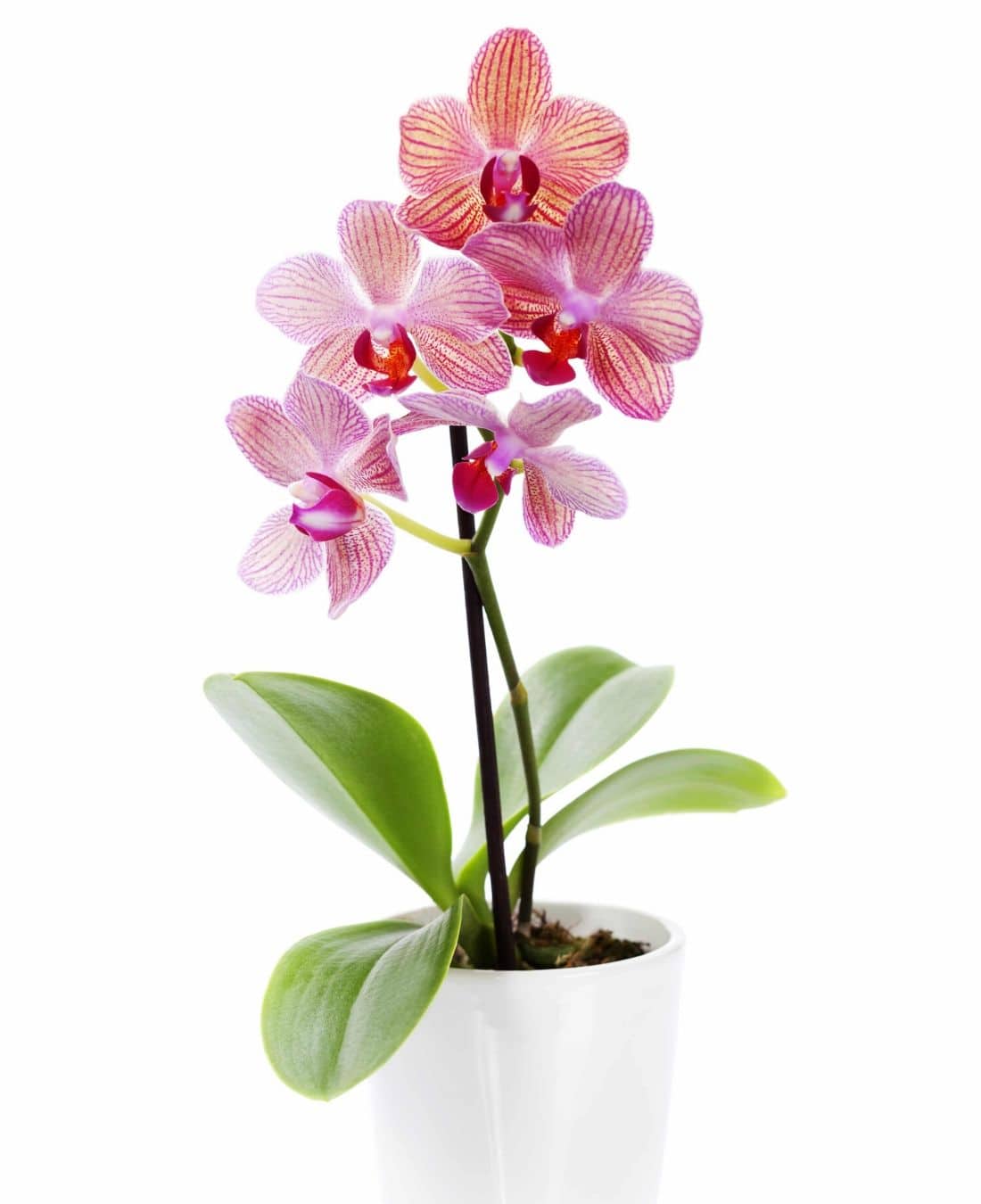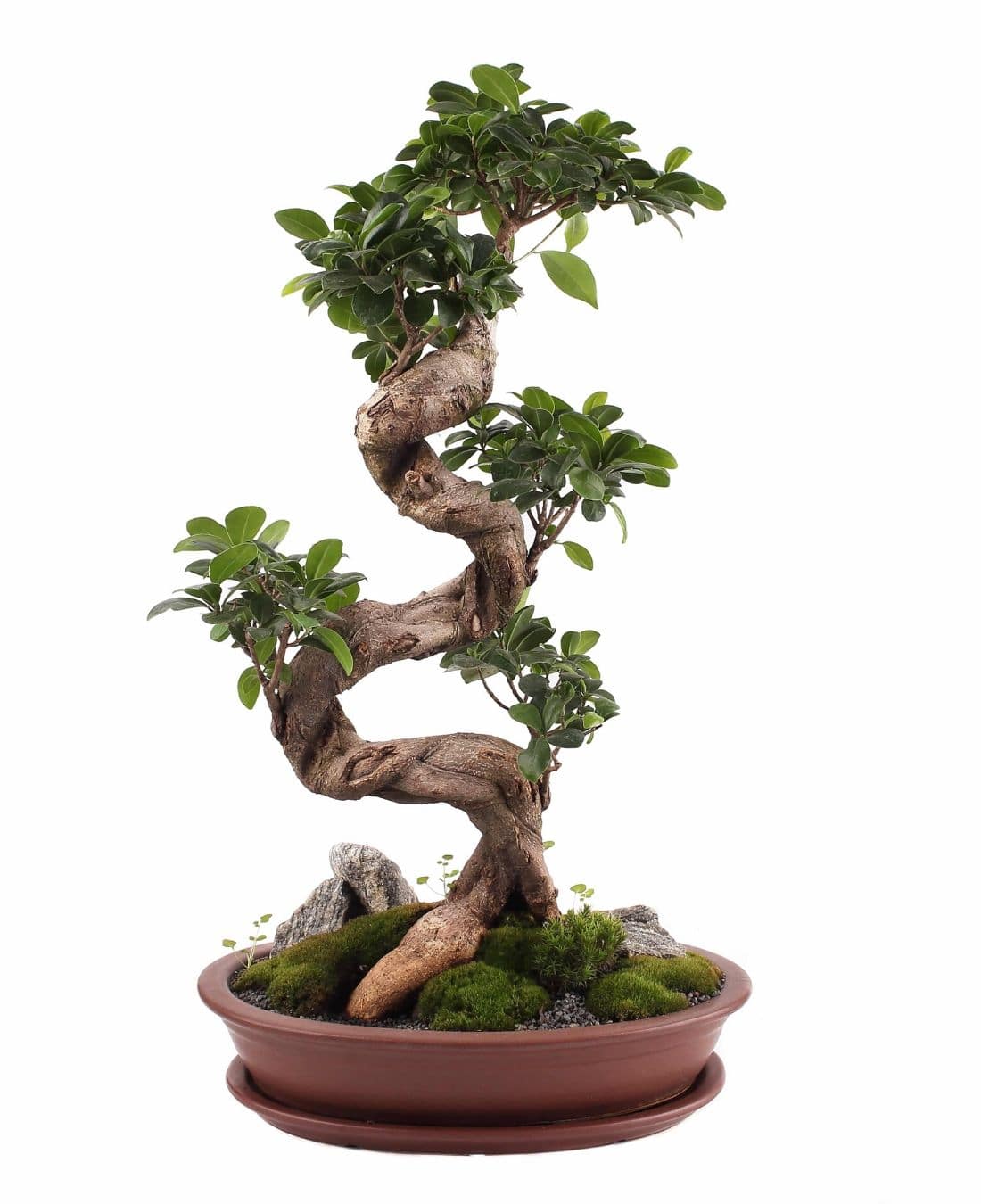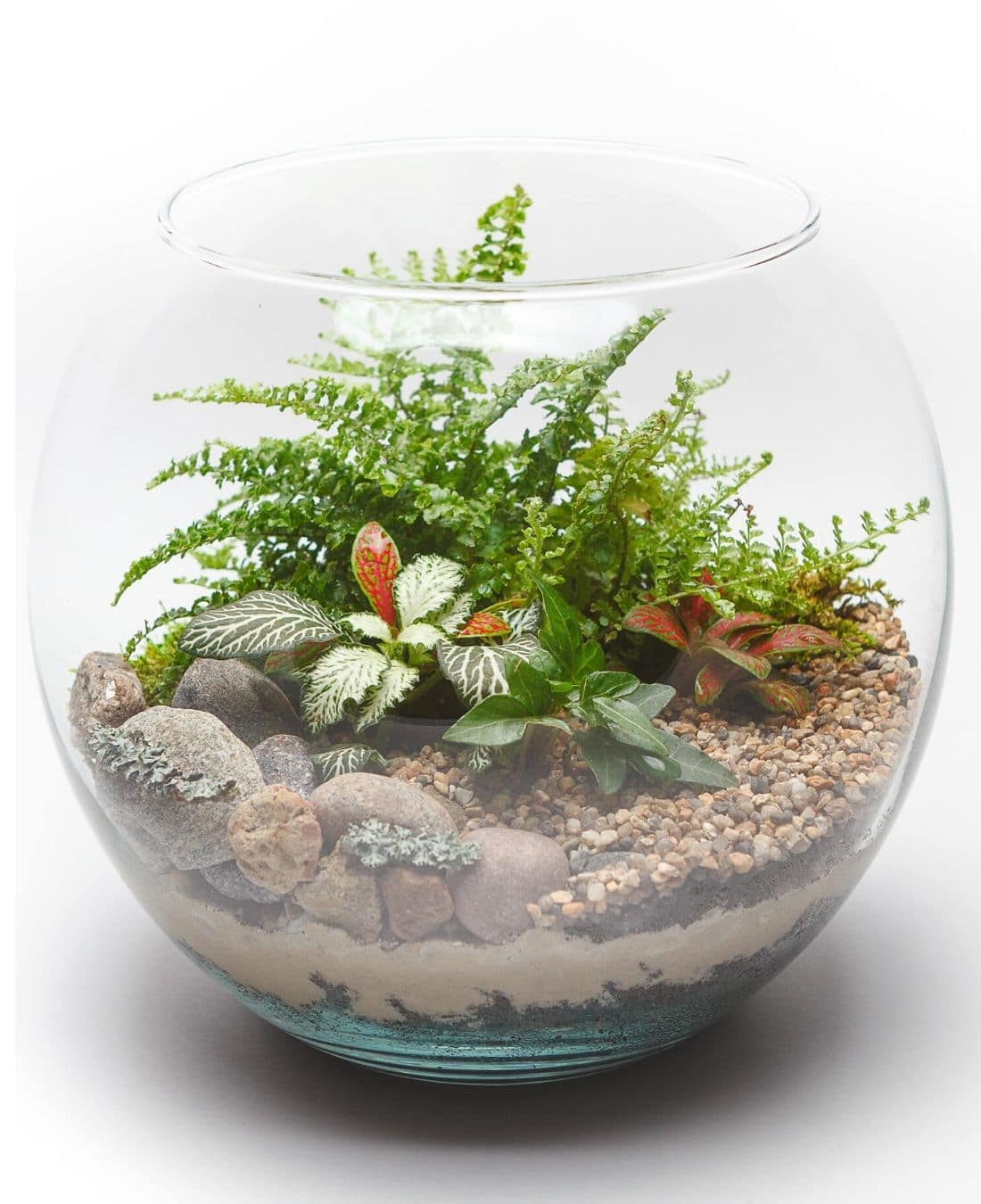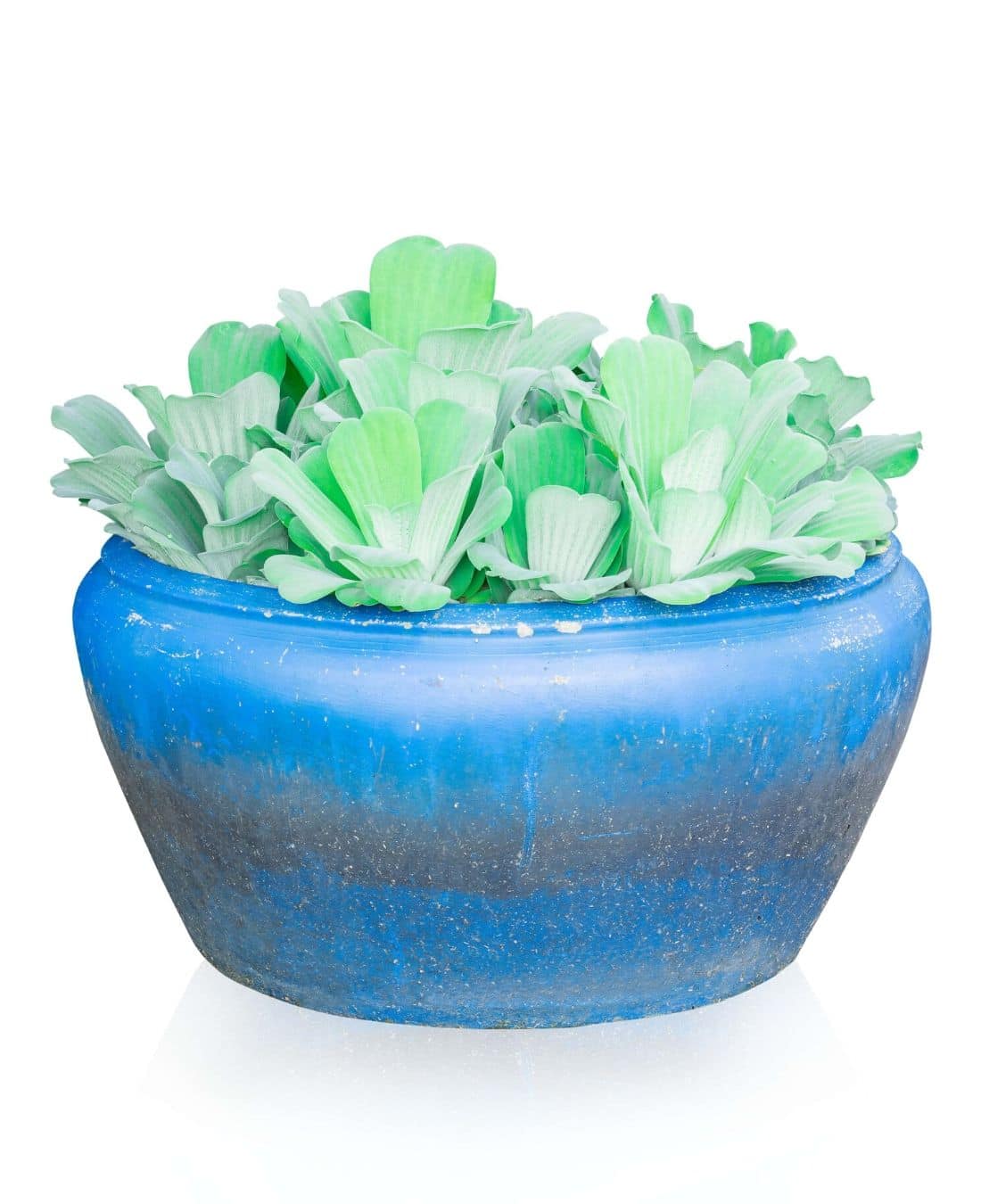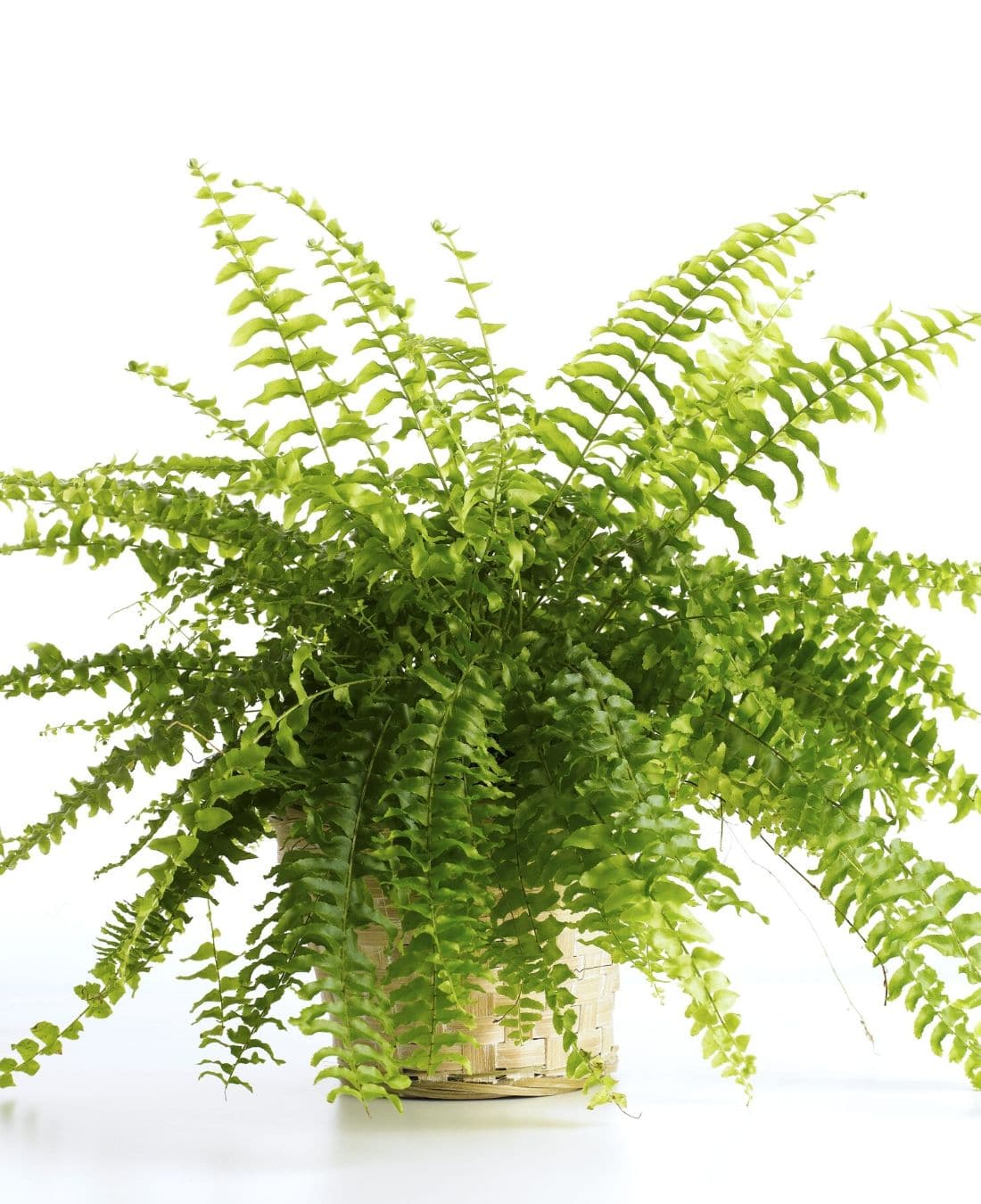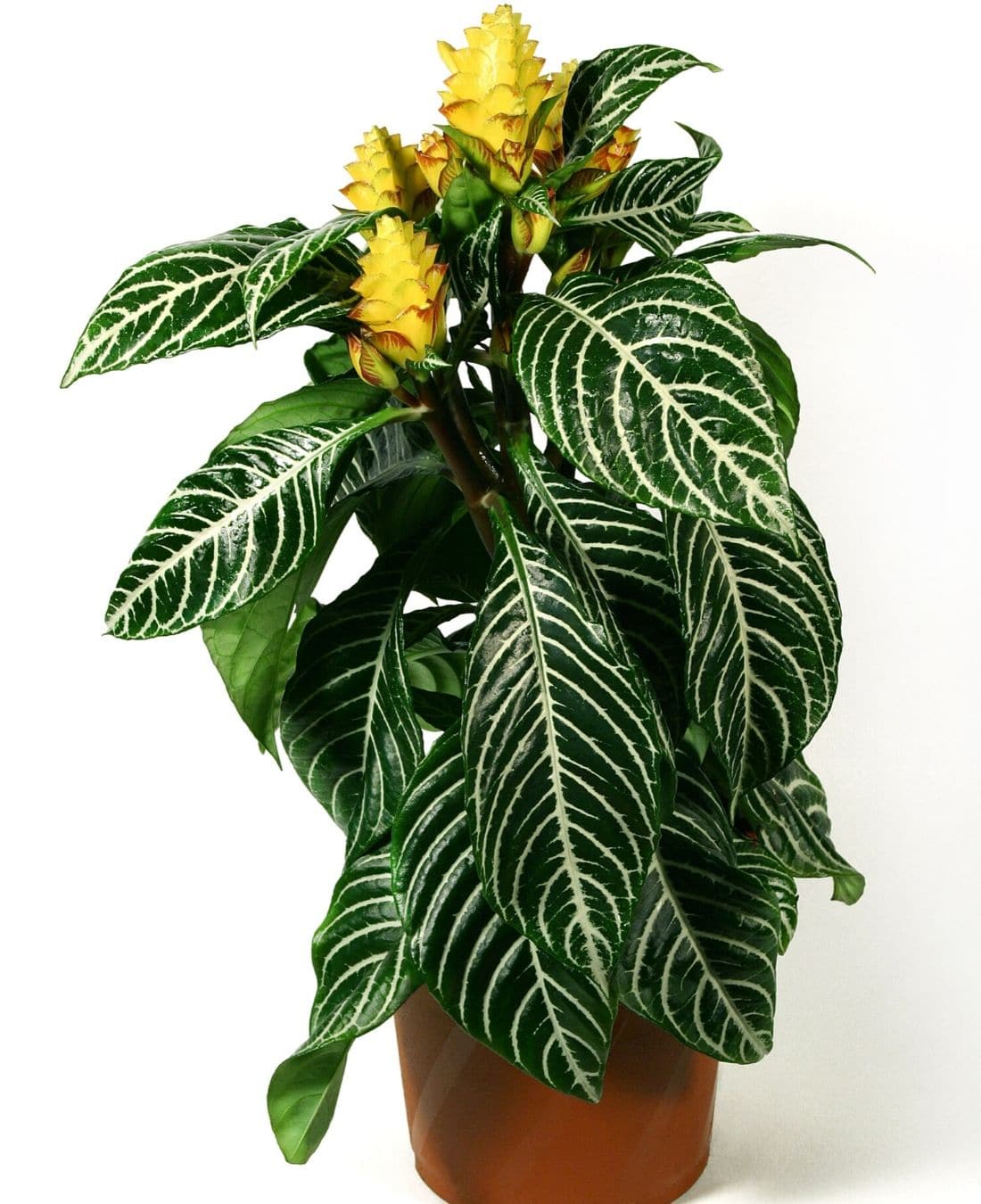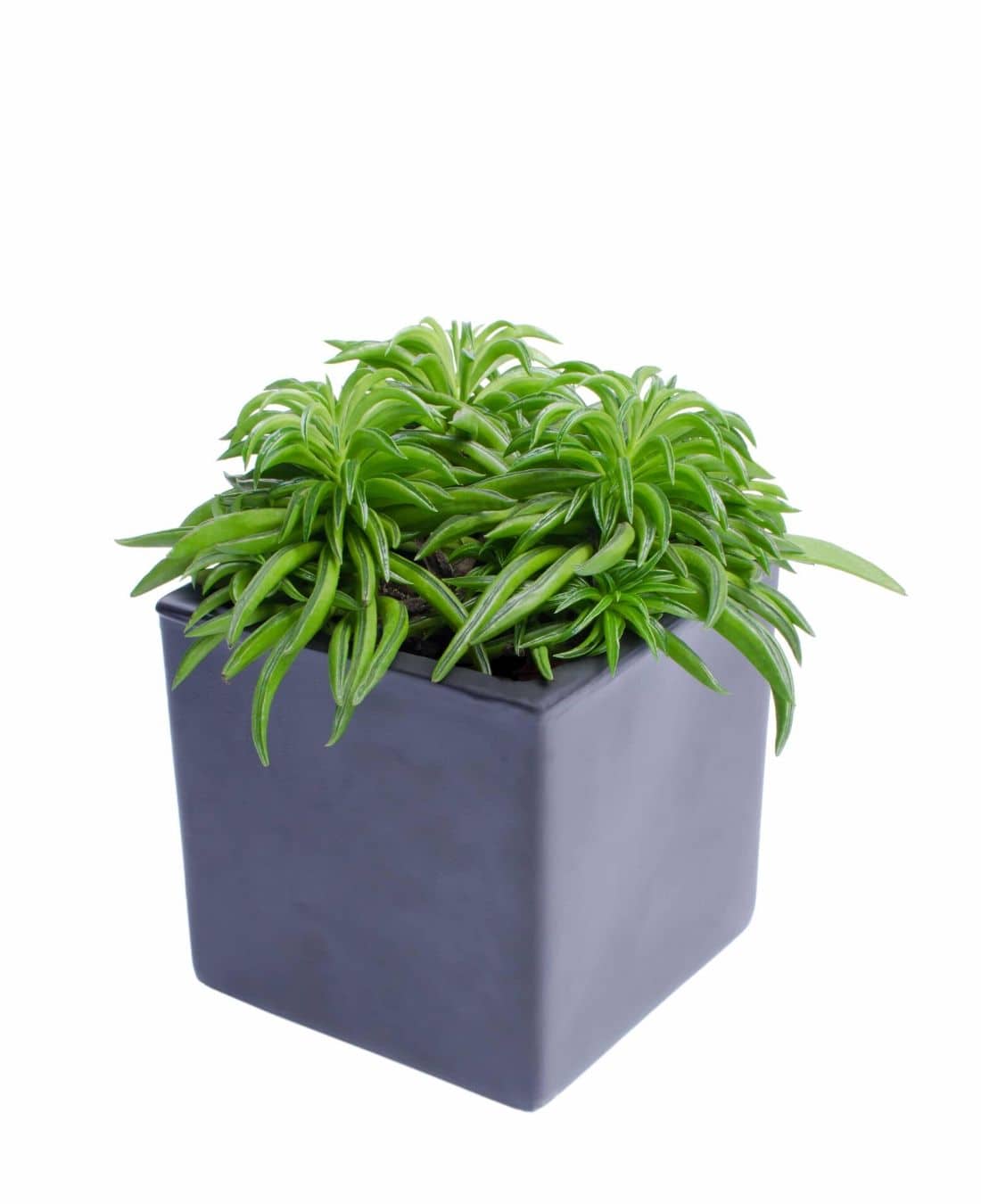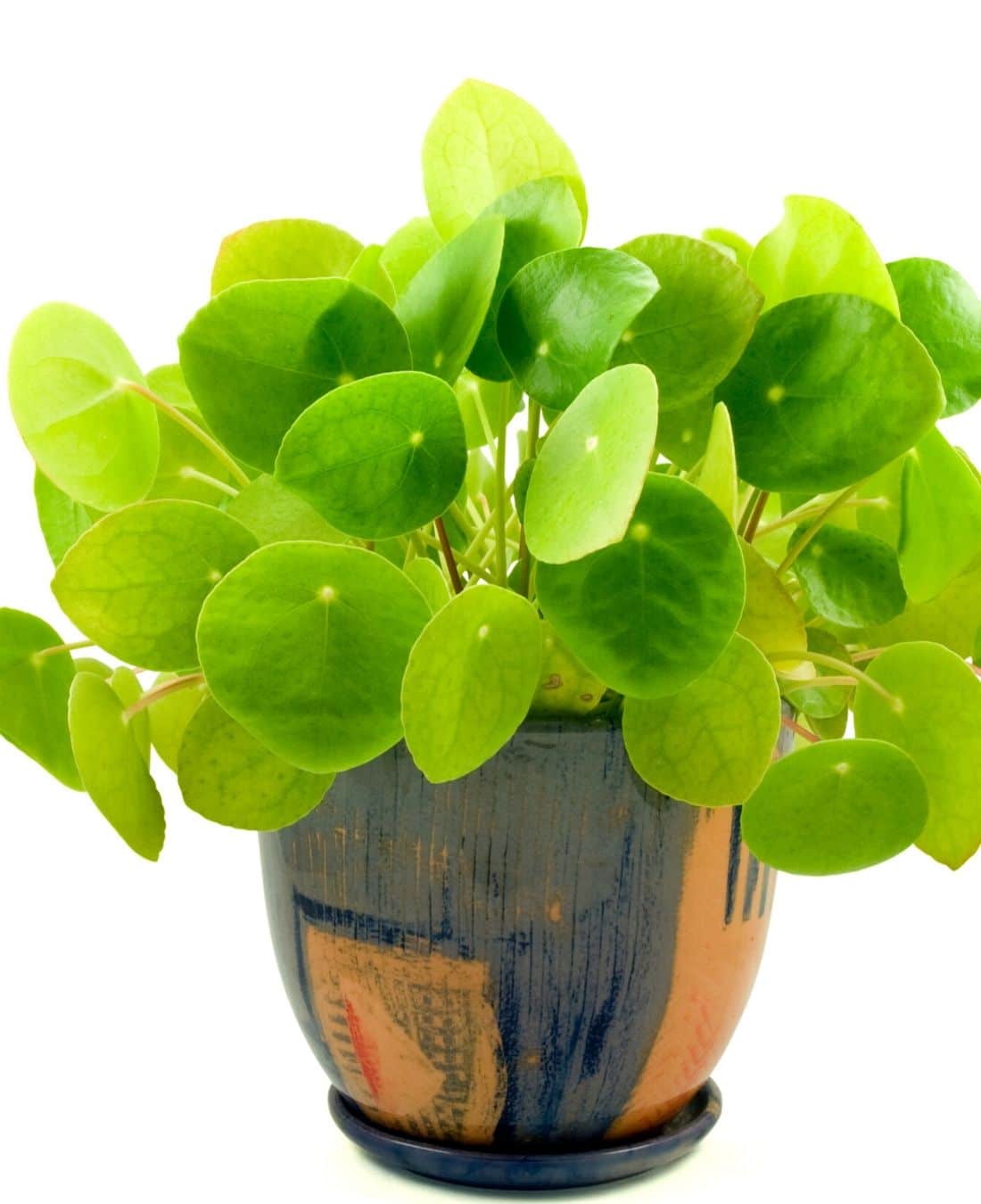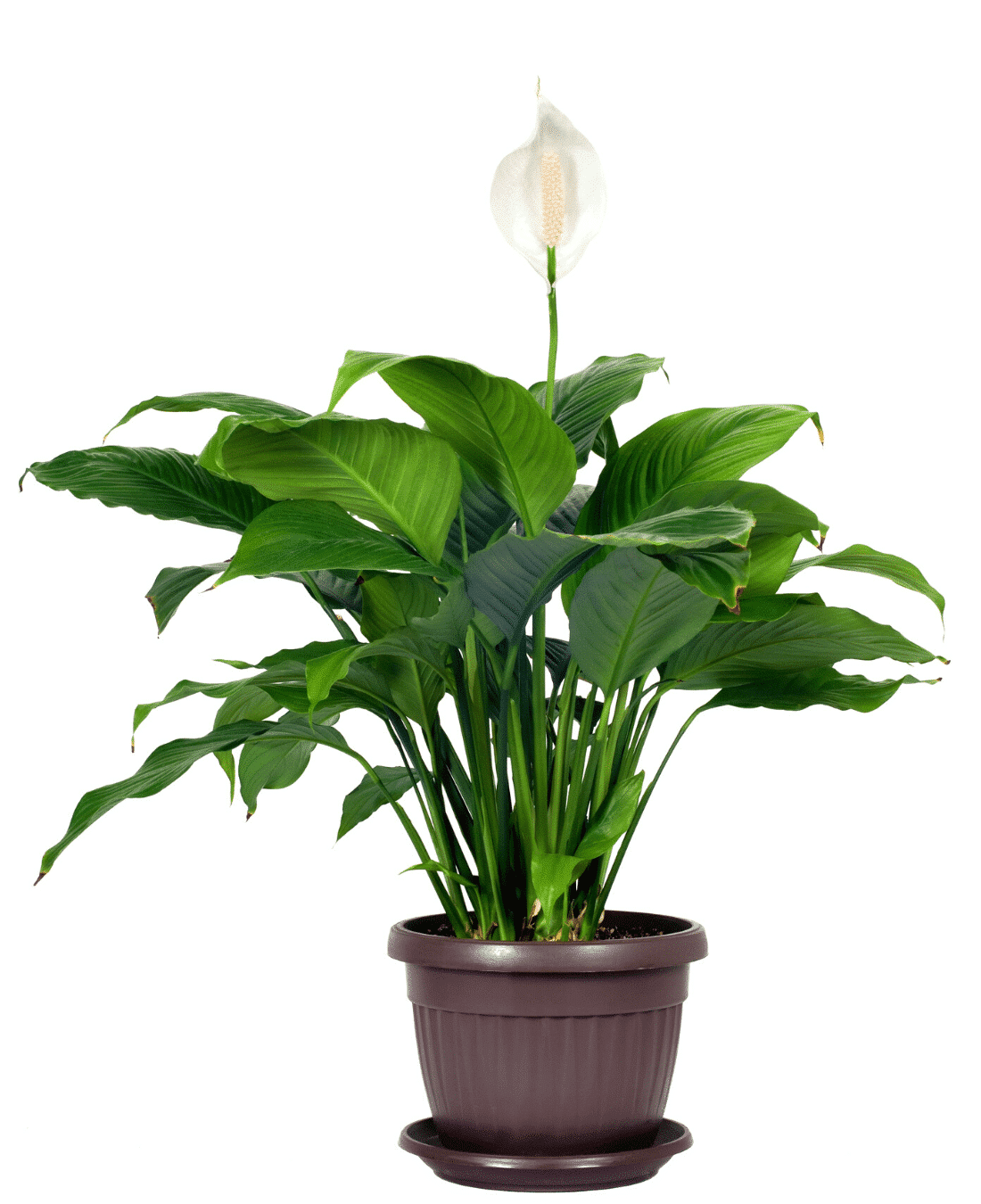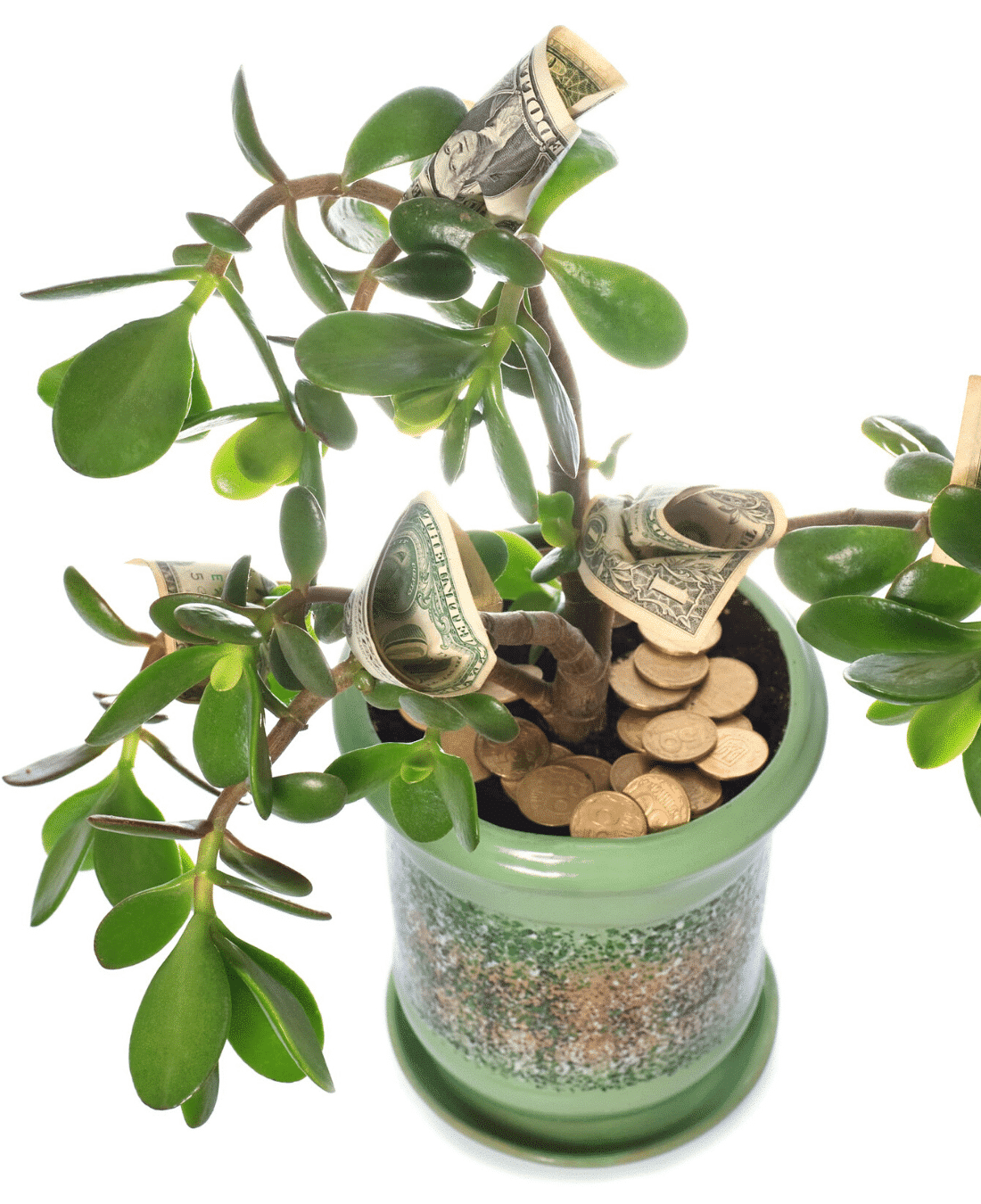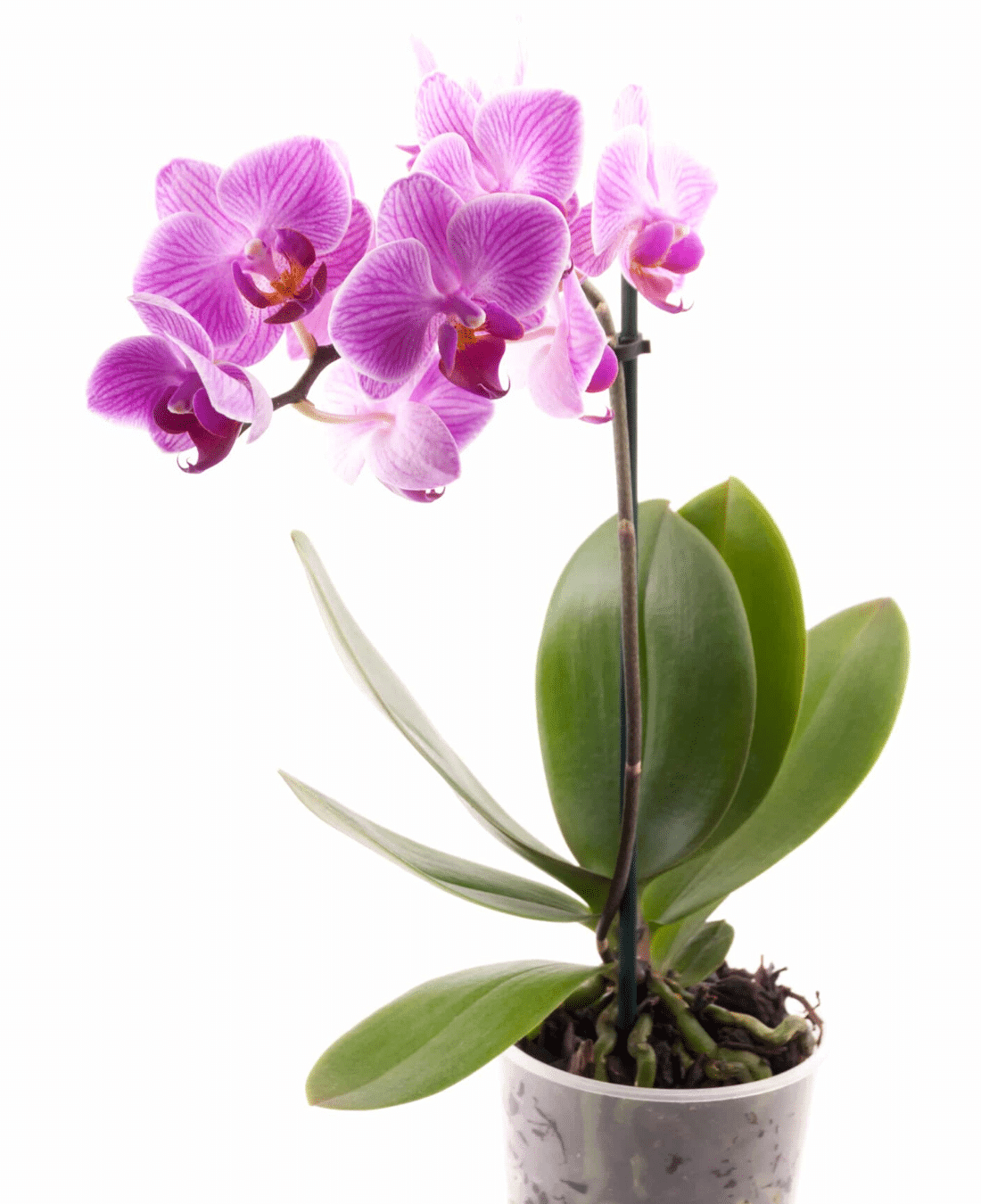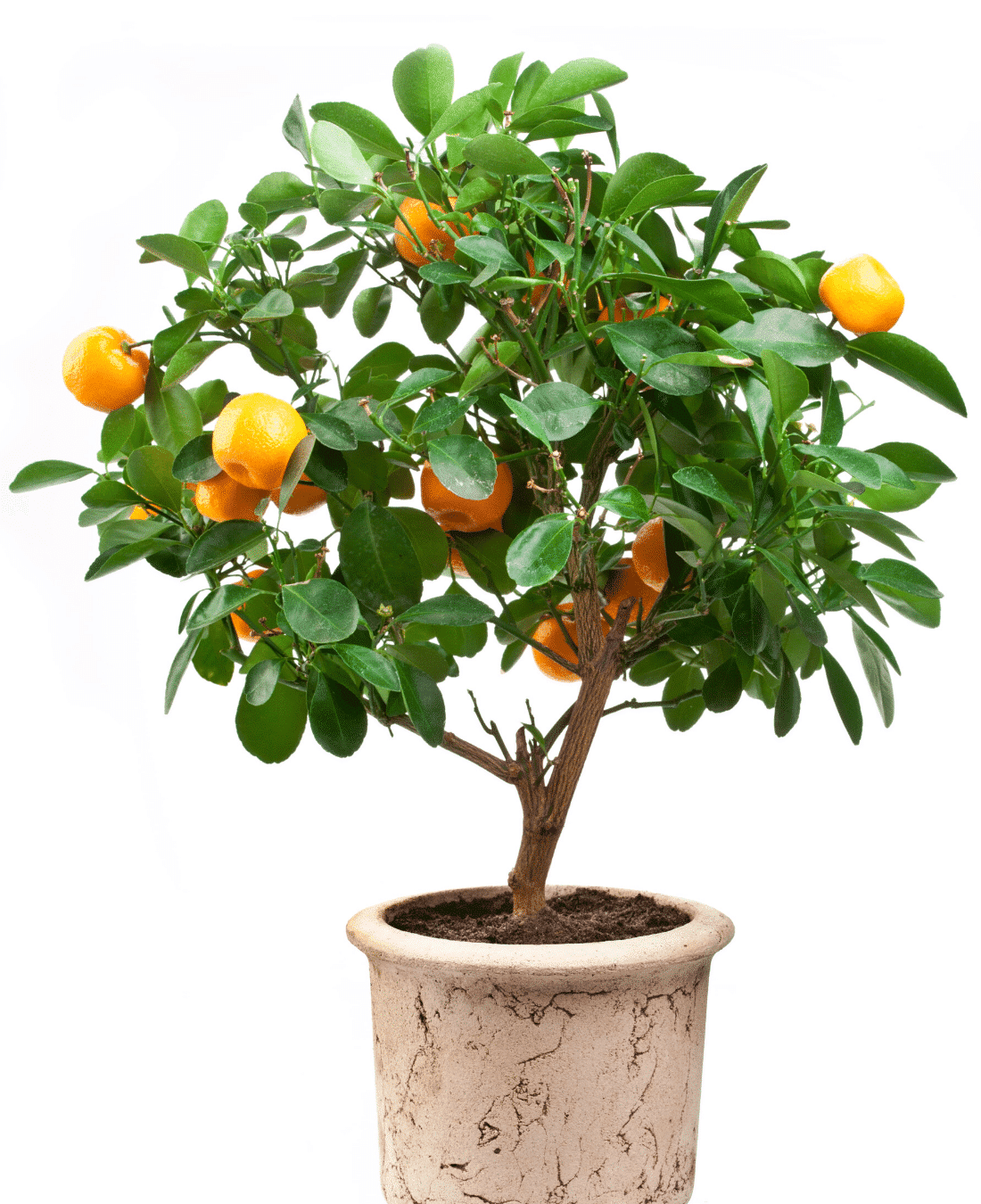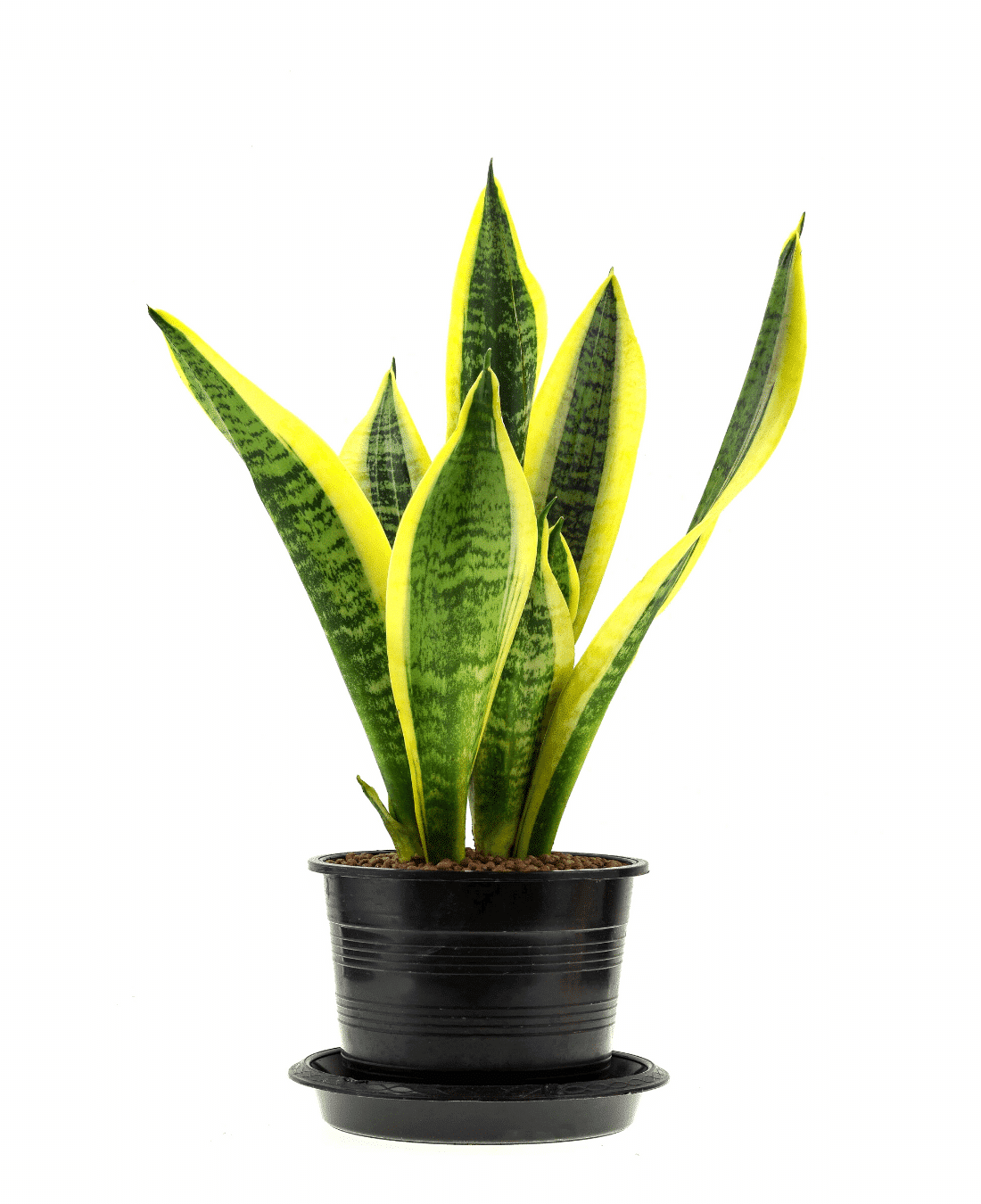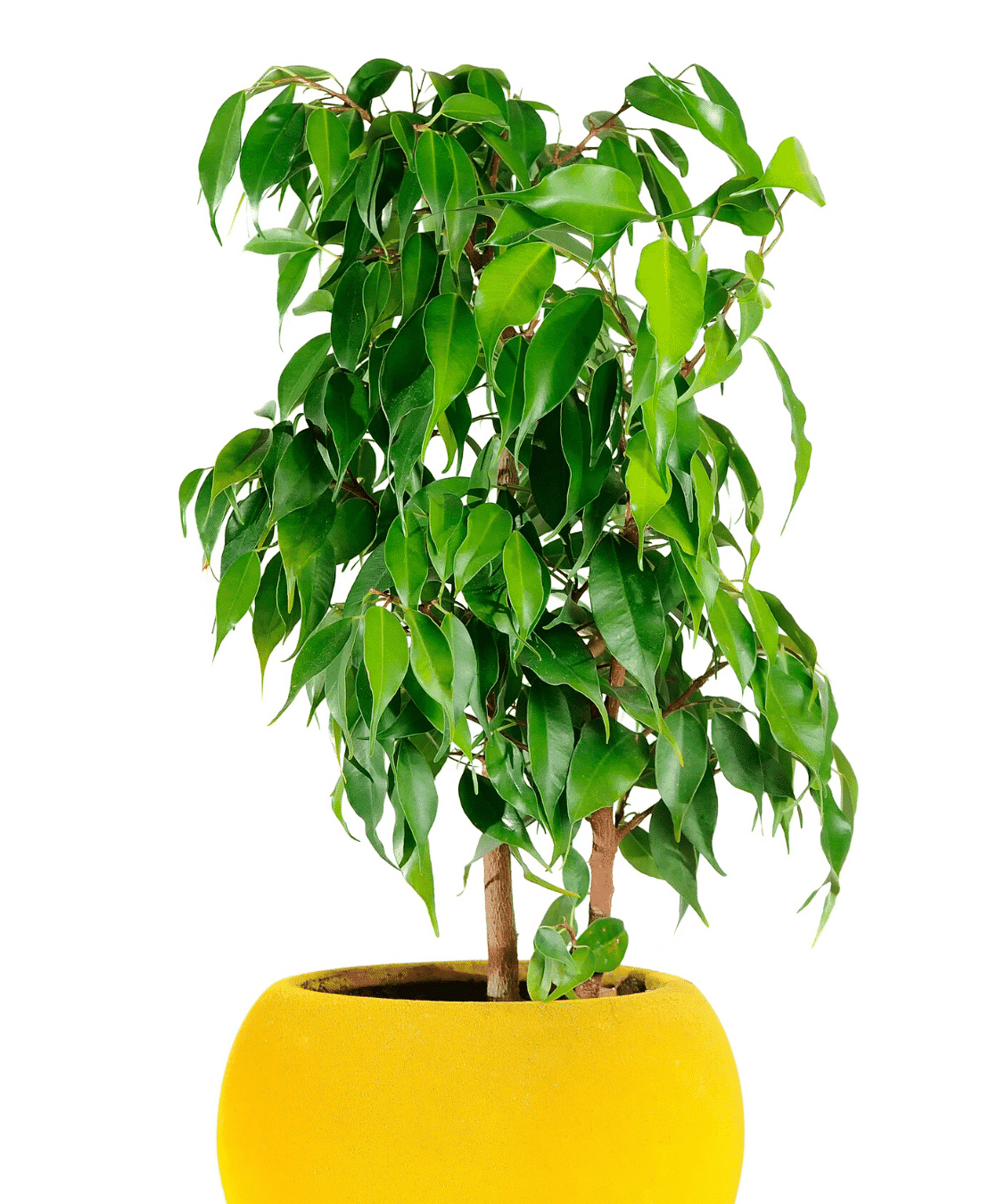An Impeccable Guide
Office spaces have changed tremendously in the past few years. Most work environments feature modern designs and decorations such as oriental rugs, artworks, unique furniture and indoor plants that not only improve aesthetics but also increase productivity.
In this piece, we are going to focus mainly on indoor office plants, the role they play in our offices and examples of plants that can thrive in office environments. Let’s start by defining what they are.
What Makes Indoor Office Plants Unique?
Indoor plants are those that can grow and survive in an enclosed environment with limited natural light, water and require minimal maintenance. There are many types of indoor plants but not all of them are ideal for cubicles or offices.
The reason for this is that most offices have warmer temperatures and the light availability can be low. Therefore, it’s only a few plants that can withstand such conditions, a good example being ZZ plants.
As a matter of fact, indoor plants only make up 1% of all the plants in the world.
Ideally, the best office plants are those that are native to tropical or subtropical climates. The environment in such areas is typically the same as those in our offices because they are warm and mildly hot.
Additionally, most of these indoor plants grow in thick forests where they don’t have much access to sunlight. As a result, these plants develop a survival mechanism to grow slower and produce broad green leaves suitable for low light environments.

Part #1
12 Key Benefits Of Plants In The Office
Human beings, no matter where they are, always feel the urge to be at one with nature. However, due to lifestyle changes, this desire remains unfulfilled for many of us, especially at our workplaces.
Indoor office plants are a solution to this. Having some plants on your office desk or at the corner of your cubicle can be quite beneficial for both you as the employee and the clients you interact with. Several studies have backed up these benefits and keep on reading to find out the main benefits of plants in the office.
#1. Do Indoor Office Plants Help With Stress Levels?
Benefits Of Plants In The Office #1
Most jobs today can be too demanding and complicated at times, thus leading to stress amongst employees. However, plants act as an excellent natural stress remedy.
A study conducted by the University of Technology in Sydney showed a 58% and 38% reduction in depression and fatigue respectively in offices that introduced plants to their environments.
Office plants have also been linked to alleviating tension, anger, hostility and boost performance as well as overall well-being.
Also, the appealing green colour of plants, according to psychologists, offers a sense of relaxation and reduce stress levels.
#2. Do Indoor Office Plants Help Increase Productivity?
Benefits Of Plants In The Office #2
As an employer, a boost in the productivity of your employers guarantees the success of a company or organisation. Indoor plants can help you out with this.
In 2014, research from the University of Exeter noted an increase of 15% of the employees’ productivity when plants were introduced to the offices.
The head of the research, Dr. Chris Knight explains how just by ensuring every employee saw a plant near them, their memories and skills were improved and scored excellently on tests.
#3. Do Indoor Office Plants Improve Health And Well-Being?
Benefits Of Plants In The Office #3
As mentioned earlier, human beings are drawn to nature. Although the reasons for this have not been scientifically substantiated, plants impact the well-being of humans.
From a report by Human Spaces in 2015, it showed that at least 58% of offices in 16 different countries didn’t have plants in their offices. Compared to those that had indoor plants, those without had a 15% lower well being score.
Office plants have always played a significant role in the labour sector because another study done at the Agricultural University of Norway observed a 25% decrease in illnesses at the workplace when plants were incorporated into the offices. Plants take in carbon dioxide thus clean the air and remove toxins or bacteria that might affect the health status of employees.
#4. Do Indoor Office Plants Improve Air Quality?
Benefits Of Plants In The Office #4
There are so many toxins in the air especially if your offices are in or near a manufacturing plant. In a process called photosynthesis, plants absorb carbon dioxide to make food. The by-product of this process is the release of oxygen in which we breathe in. By doing this, plants purify indoor air and this is why we need to have them in our offices.
According to NASA, plants are also capable of purifying the air by absorbing chemicals such as formaldehyde and benzene.
The Snake Plant (also known as mother in laws), Lucky Bamboo and Bamboo Palm are widely known for their fresh air cleaning capabilities compared to other indoor plants.
#5. Do Indoor Office Plants Reduce Noise?
Benefits Of Plants In The Office #5
It is impossible to focus on work when there is a lot of noise coming from outside or other areas within the workplace. Although noise can be regulated in the workplace, there are some cases where it is impossible to manage.
Plants absorb sound and are therefore great at reducing noise levels. Experts recommend that placing large plant pots strategically in your offices, especially at the corners can assist in noise reduction.
#6. Do Indoor Office Plants Enhance Creativity?
Benefits Of Plants In The Office #6
Did you know that looking at nature can rewire your brain making you more creative, feeling more relaxed and able to concentrate for longer?
This can be explained in detail by the Attention Restoration Theory. This theory is supported by a study that observed employees scoring higher for creativity tests when they were put in offices with natural elements such as indoor plants.
#7. Do Indoor Office Plants Improve Sleep Quality?
Benefits Of Plants In The Office #7
After a long and stressful day at work, it may be hard for employees to get the recommended 8 hours of sleep. Although it may not sound like a big deal, this can interfere with their concentration and productivity.
Plants such as Jasmine and Lavender produce a vapour that ensures quality sleep. The scent from these plants induce a sense of relaxation and help you sleep well at night.
#8. Do Indoor Office Plants Enhance Cognitive Functions?
Benefits Of Plants In The Office #8
Why is it that a bouquet of flowers or beautiful plants always cheer you up when you are feeling low? That is the magic of nature. Plants have a way of enhancing our cognitive functions.
Placing them in offices can help enhance your enhance mental abilities, reasoning, thinking, decision making and problem-solving skills.
Violets are perfect examples of indoor office plants that blossom all year round meaning that they will keep you at the top of your game 24/7.
#9. Do Indoor Office Plants Strengthen The Immune System?
Benefits Of Plants In The Office #9
Being mentally fit isn’t enough to see you through the ups and downs of working. You also need to be physically fit. Plants can boost your immune system allowing you to push through whichever obstacle you face at work.
Plants achieve this in various ways. Let’s look at the first method. When your body is feeling relaxed, stress-free and getting enough sleep, it is more capable of fighting off diseases and viruses.
Secondly, plants release phytoncides that also lower your body’s stress levels and offer other nutritional benefits. With a plant by your desk, you can easily fight common conditions such as the flu.
There is a reason why hospitals tolerate visitors bringing patients flowers and plants. It’s because plants strengthen your immune system and help one recover faster.
#10. Can Indoor Office Plants Improve Humidity?
Benefits Of Plants In The Office #10
A lot of people struggle with dry air when they are indoors. Be it at your office place or bedroom, plants can help improve humidity because they release nearly all the water they absorb from the soil. Using plants instead of buying a humidifier is a cost-effective decision for your office-space because you will end up saving on energy bills.
You, therefore, don’t have to worry about having a dry mouth when you are at work or overheating. Simply get a bunch of potted plants such as the Snake Plant and place them on your desk or at a corner and enjoy premium air quality.
#11. Do Indoor Office Plants Strengthen Bonds And Relationships?
Benefits Of Plants In The Office #11
Plants can help you learn how to create stronger bonds with fellow employees, employers, and clients. Similar to pets, plants interact with you at all times even when you are not aware. We breathe in the oxygen produced by plants and breathe out carbon dioxide that they use to make their food.
As mentioned earlier, plants purify the air, boost productivity in your office and offer us lots of other benefits. To continue receiving these benefits, we must water the plants and take care of them. Doing this leads to a sense of compassion and care for other people in our life.
Taking care of your office plant will make you understand the characteristics of your colleagues and learn how to tolerate both their positive and negative attributes. Also, if you spend most of the time locked up in your cubicle, plants can give you the best company.
#12. Greater Appeal For Your Candidates
Benefits Of Plants In The Office #12
Who doesn’t appreciate beauty? Being able to recruit a new workforce means that you are bringing in a new set of skills and ideas to your company. Today, job candidates are looking for more than just a huge salary.
Employees want to work in a calm and relaxed environment that allows them to channel their strengths into achieving the goals of the company.
Plants make workplaces more appealing to interested job candidates. According to psychology professor Sir Cary Cooper, workplace design has become a crucial factor to consider for employees looking to join a certain work environment.

Part #2
47 Best Indoor Office Plants
Part #3
19 Best Office Desk Plants
Office desk plants can remove toxins from the air, regulate humidity levels around your desk, enhance your cognitive functions and even add a sense of elegance to your work-space. To choose the best office desk plant, you don’t need a degree in horticulture or years of experience in gardening.
Below, we have compiled 19 of the best office desk plants.
Part #4
19 Best Office Plants For Feng Shui
How Do Plants Affect Feng Shui?
Benefits Of Plants In The Office #1
Have you ever walked into certain premises and felt in harmony with the environment? And, wondered what could be behind such tranquillity? If you were observant then you might have noticed a couple of indoor plants strategically placed around you.
Plants have and always continue to instil a magical feeling wherever they are. It doesn’t matter whether you are in a forest or the office, as long as plants are around you, you will always feel a certain ambience.
We struggle so hard to create this ambience by hanging fascinating artwork and state of the art furniture in our offices. But, if plants are not part of these decorations then there will always be something missing from the equation.
That unique feeling that we all yearn for can be found at the heart of the Feng Shui concept. You might have heard about Feng Shui on the internet and how its entry represents the way energy enters your office and life. But, do you know what it really is?
Also known as Chinese geomancy, Feng Shui is a traditional practice from China that encompasses the use of energy forces to harmonize human beings with their surroundings. Feng Shui translates to Wind and Water. It entails arranging our surroundings to promote the proper flow of chi to better our lives.
There has been a lot of talk on how to Feng Shui your home. And it’s why today we are going to talk about how to use the principles of Feng Shui regarding indoor plants. Doing this can be very beneficial for your business or company. Other than improving aesthetics, it promotes harmony, health, and success amongst employees, employers and even clients.
From a Feng Shui perspective, where you place your indoor plants at the office plays an essential role. This Chinese traditional practice features an energy map referred to as Bagua.
The map divides a building into 9 unique energy centres. These 9 forces include the four main cardinal points that is north, east, west, and south. It also contains the points between the cardinal directions such as southeast and northwest. The final energy is the centre of all these points.
Different directions refer to varying elements. For instance, the fire element is linked to the south, whereas the wood element, metal, and earth are linked to the rest of the remaining cardinal directions. This energy map assists you in knowing where to put plants so that you can amplify the attribute you are interested in retaining or attracting.
Below are the top 19 office plants for Feng Shui:
What Are The Best Office Plants For Feng Shui?
1) Chinese Money Plant
2) Lucky Bamboo Plant
3) Rubber Plant
4) Areca Palm
5) Sage Plant
6) Peace Lily
7) Jade Plant
8) Orchids
9) Philodendron
10) Citrus Tree
11) Succulents
12) Banana Leaf Plants
13) Devils Ivy
14) Aloe Vera Plants
15) Snake Plants
16) Ponytail Palm
17) Ficus
18) English Ivy
19) Air Plants
Refer to the carousel below for more information on these plants.
Resources
You may also be interested in:
- 6 Small Office Layout Ideas To Boost Productivity in an Efficient Manner
- 6 Office Flooring Ideas & Eye-Opening Secrets You’ll Love

